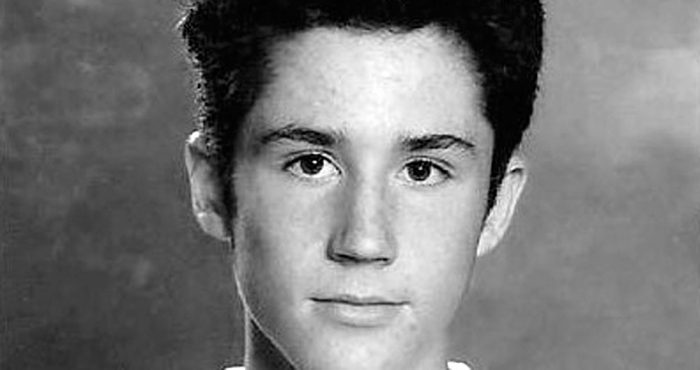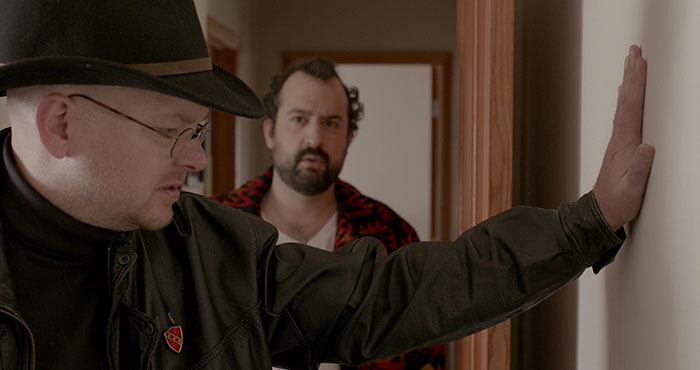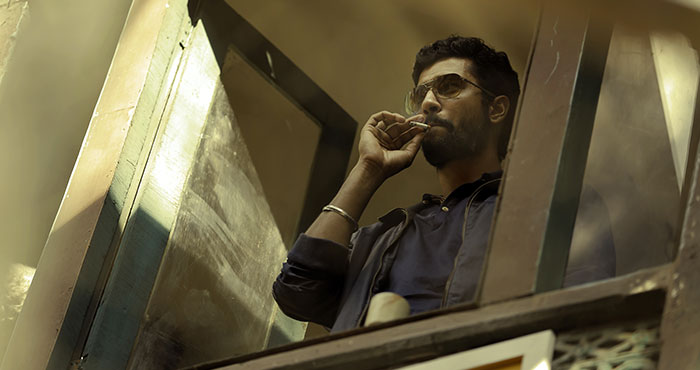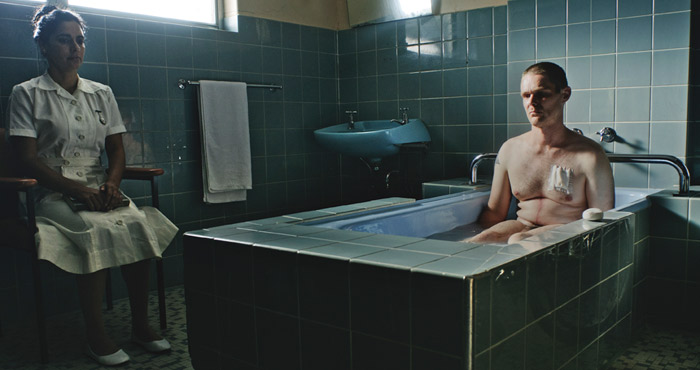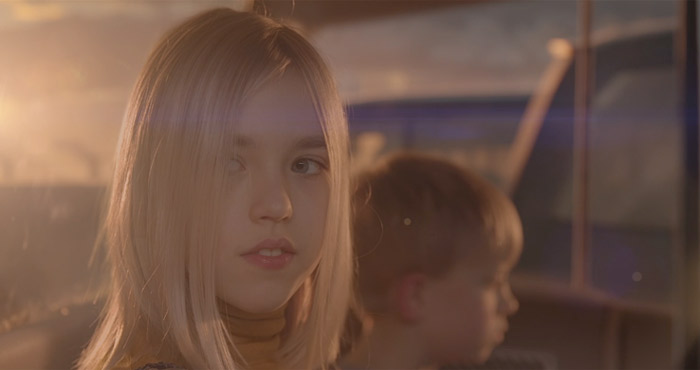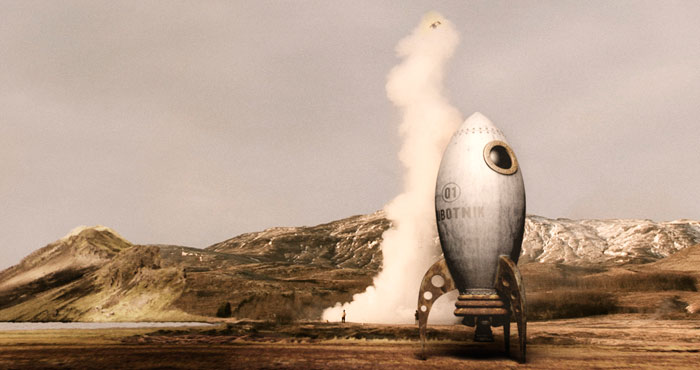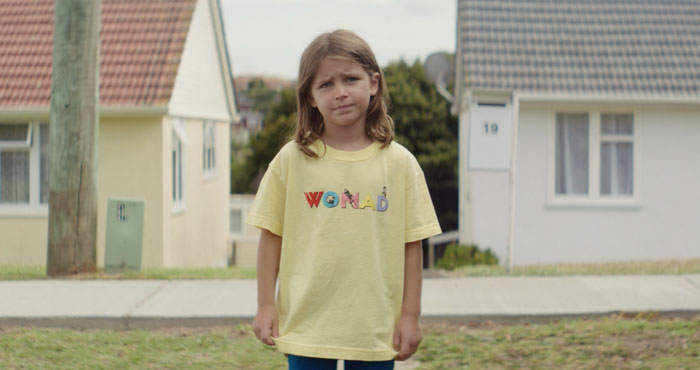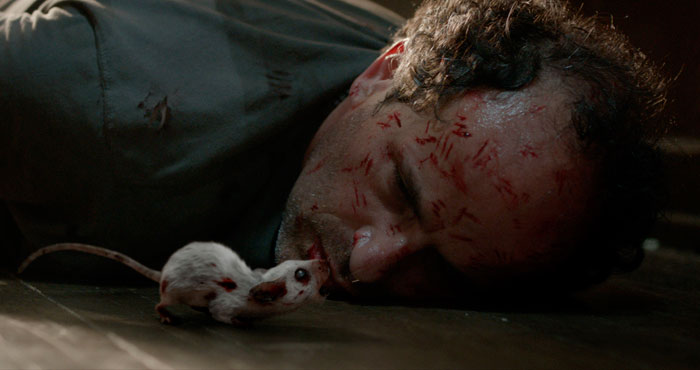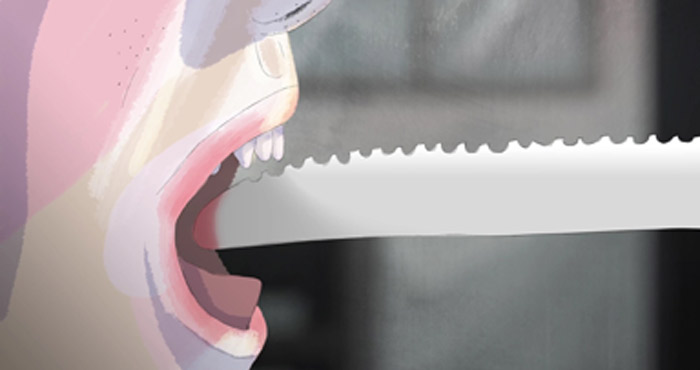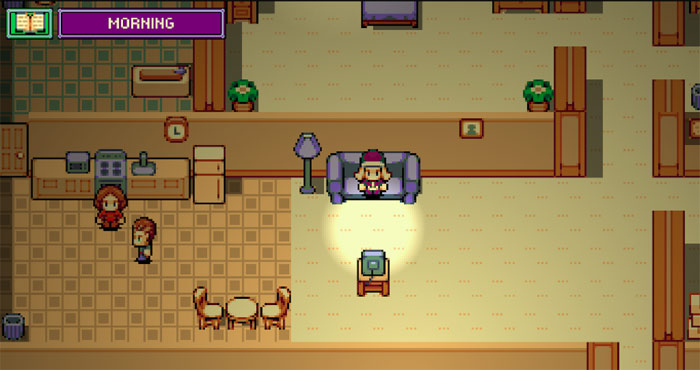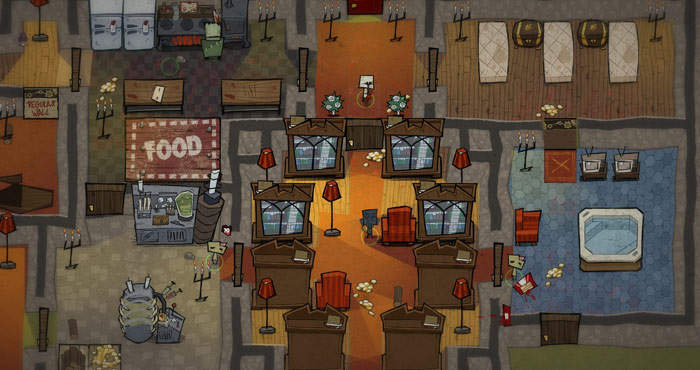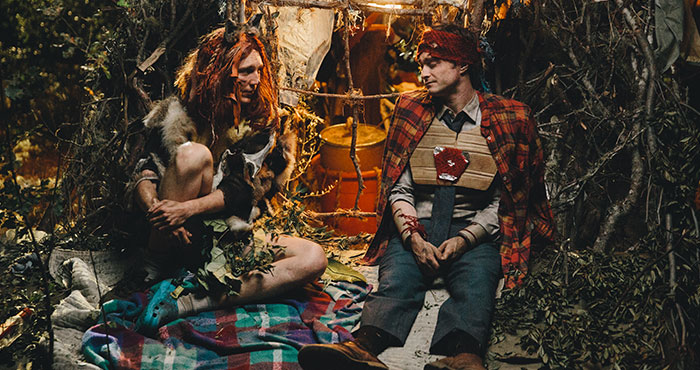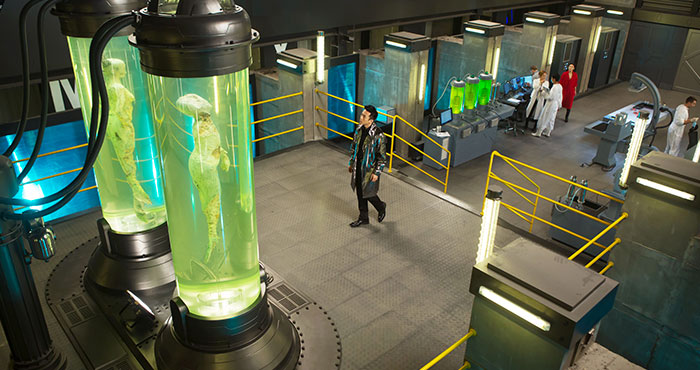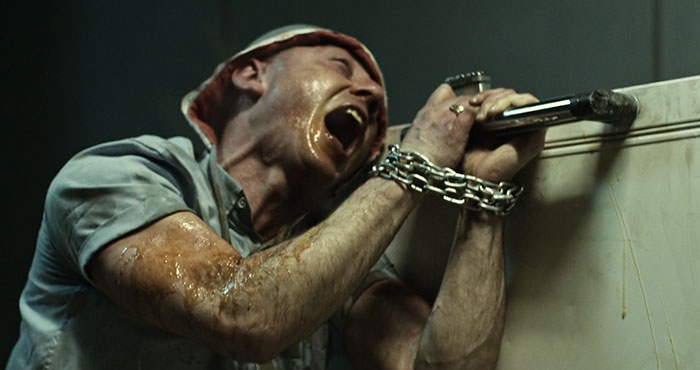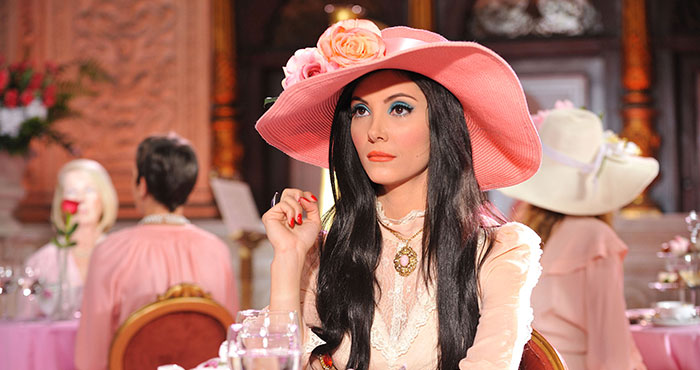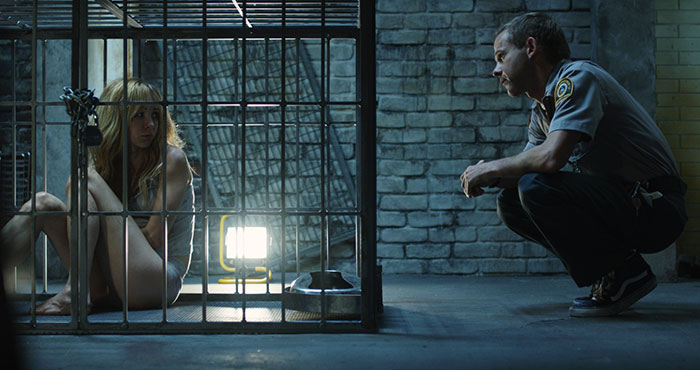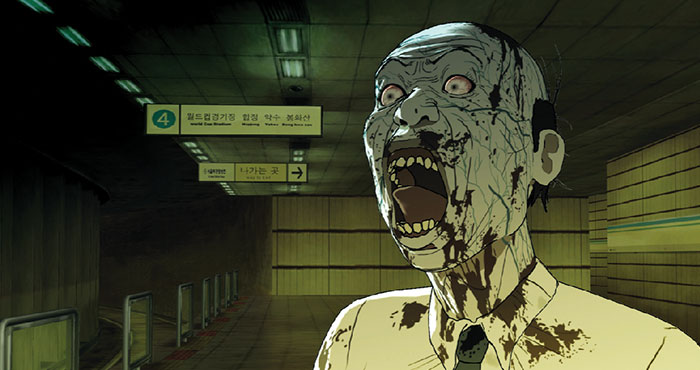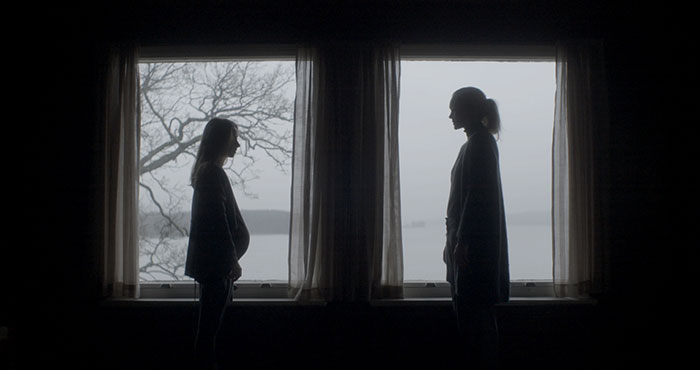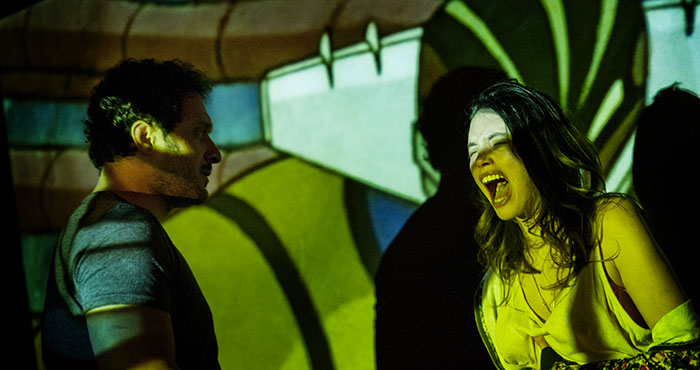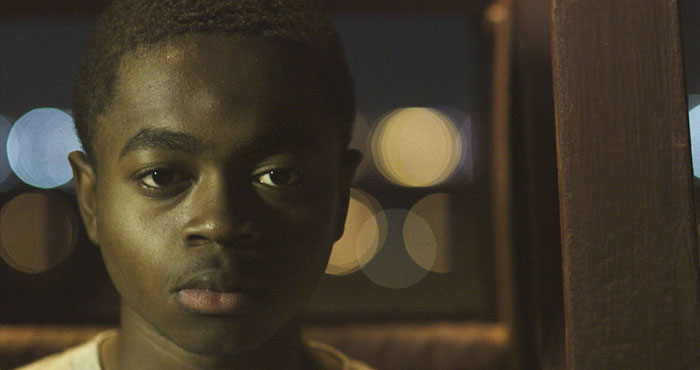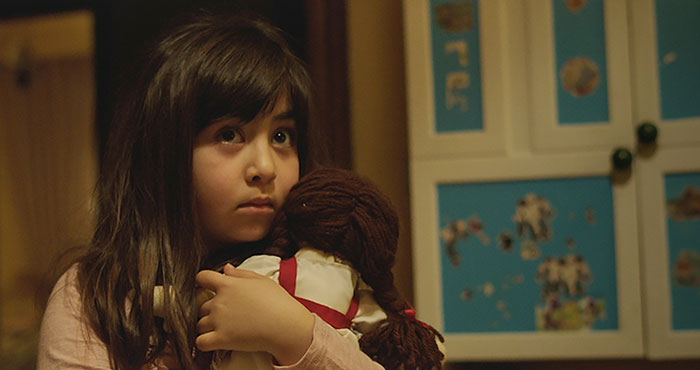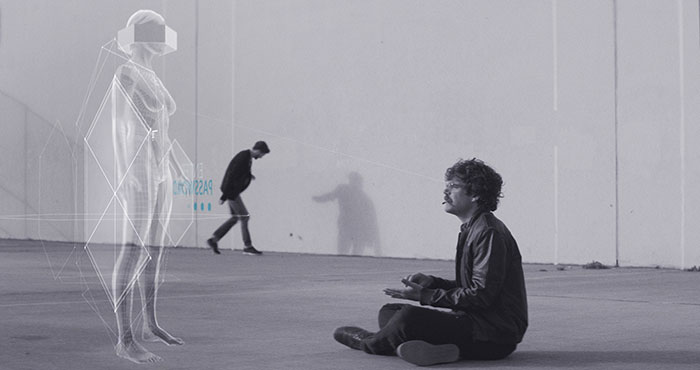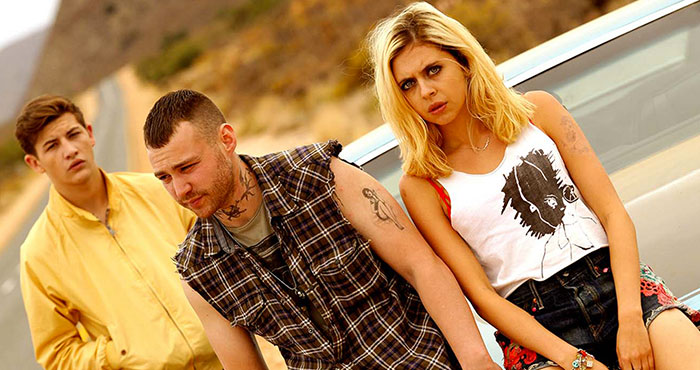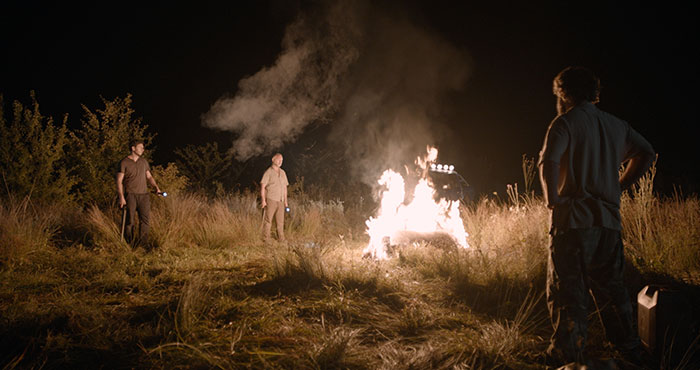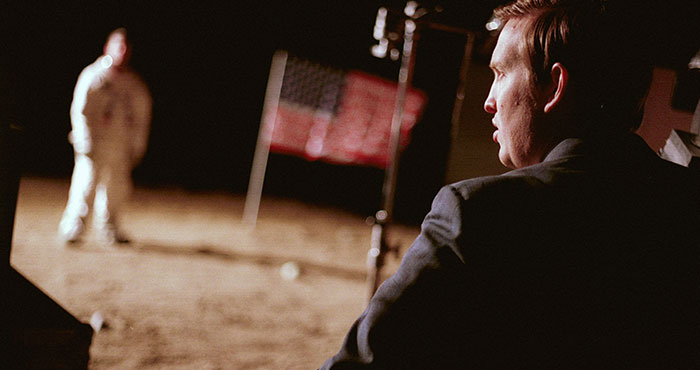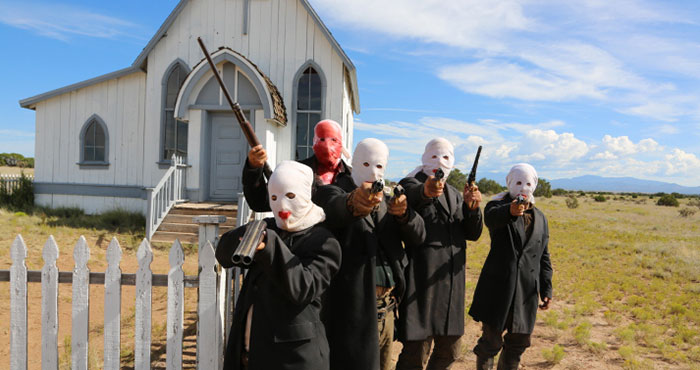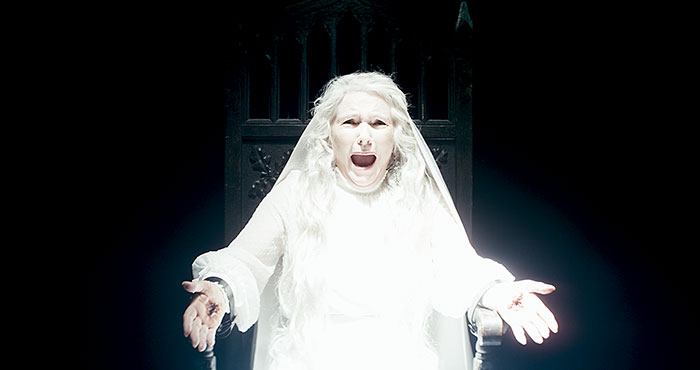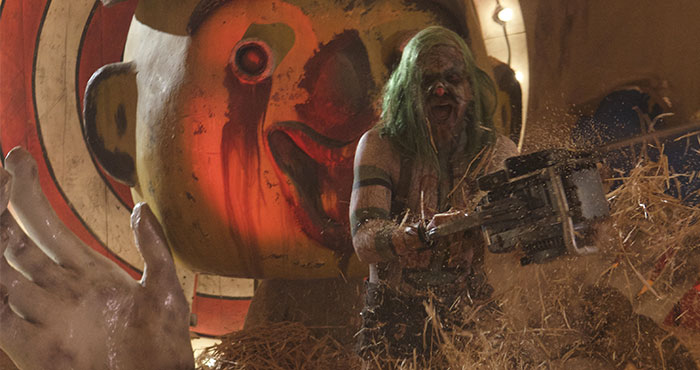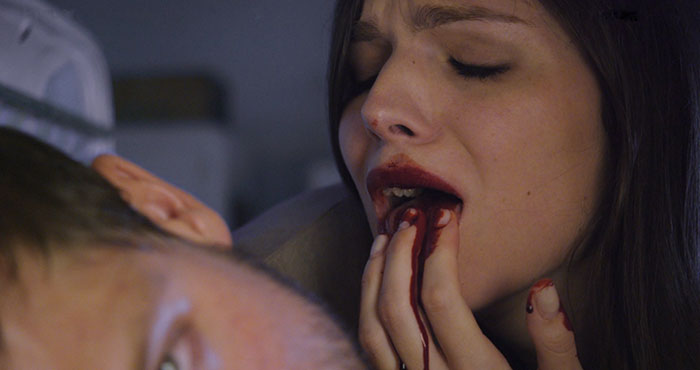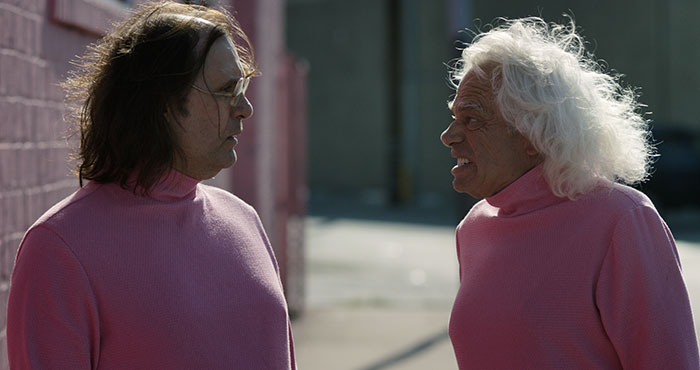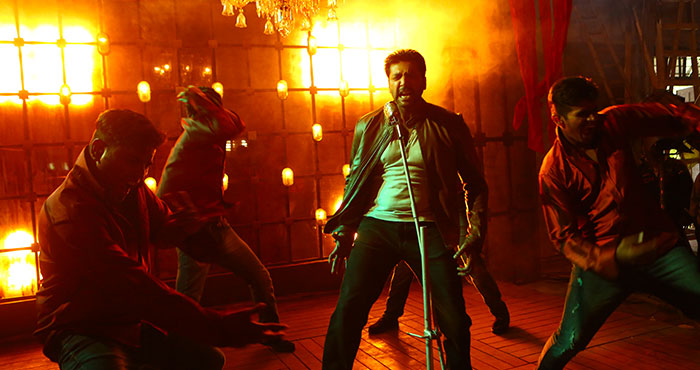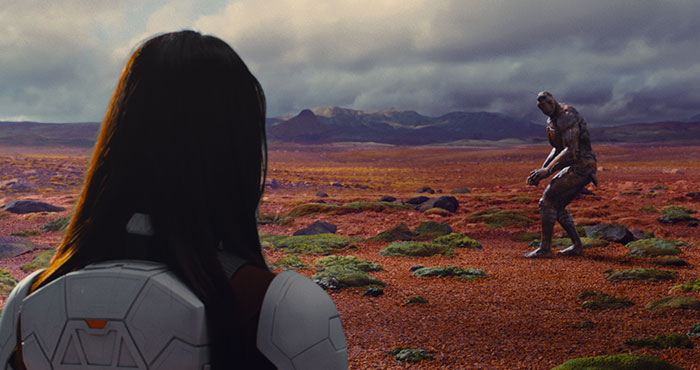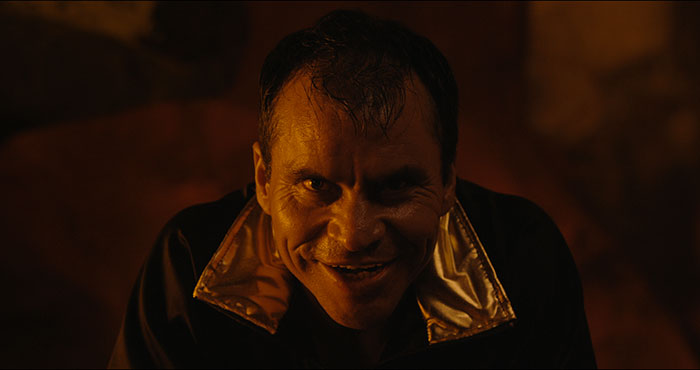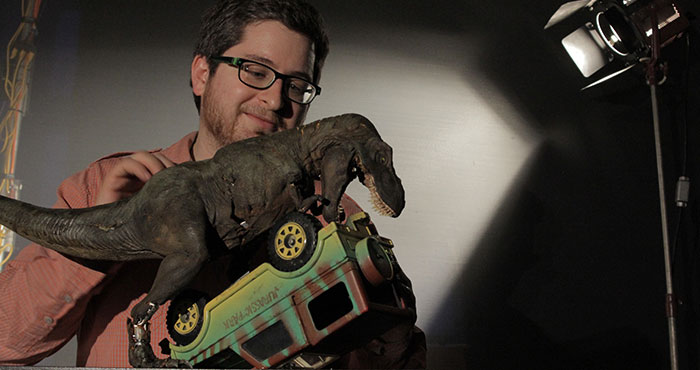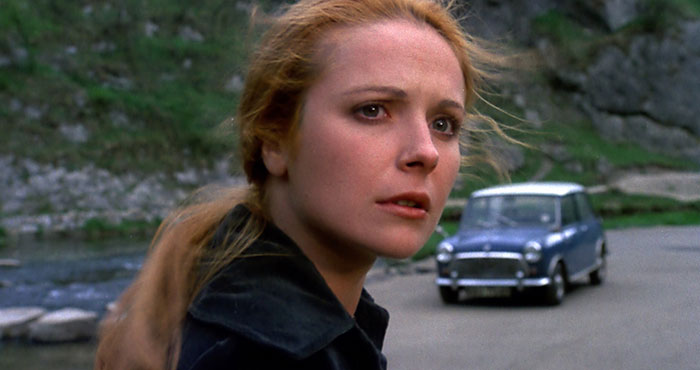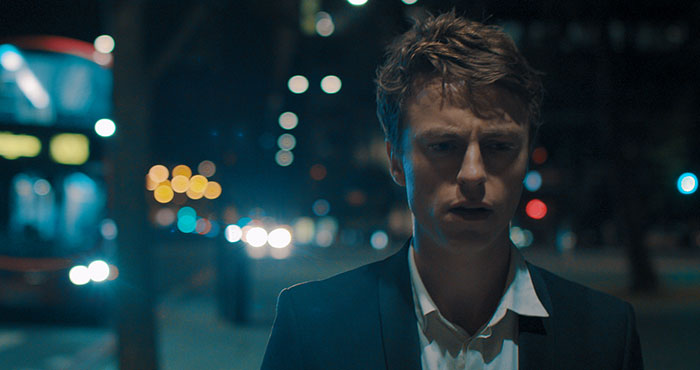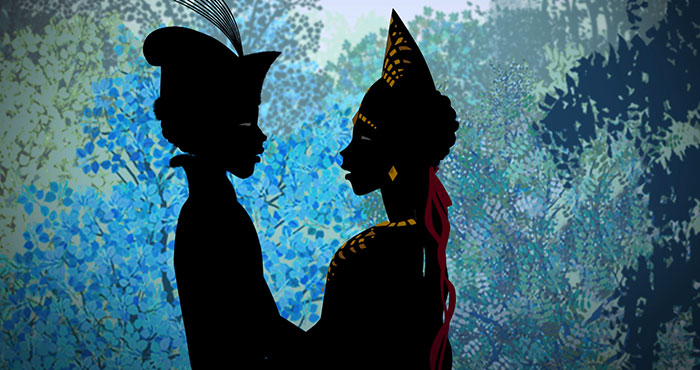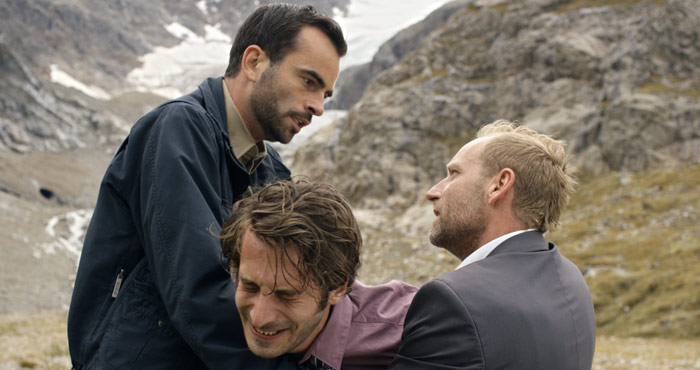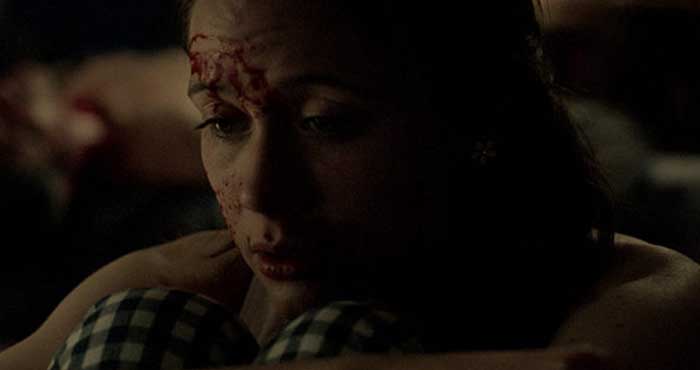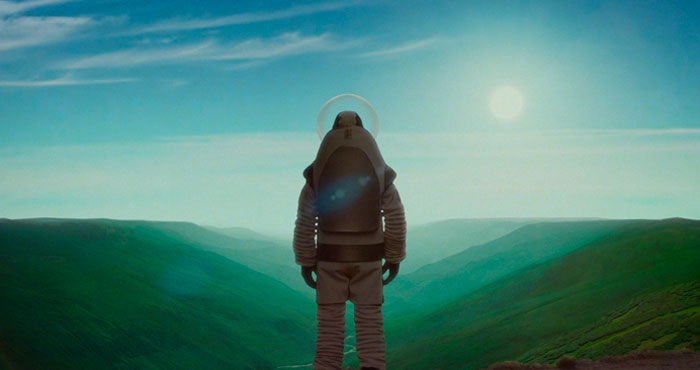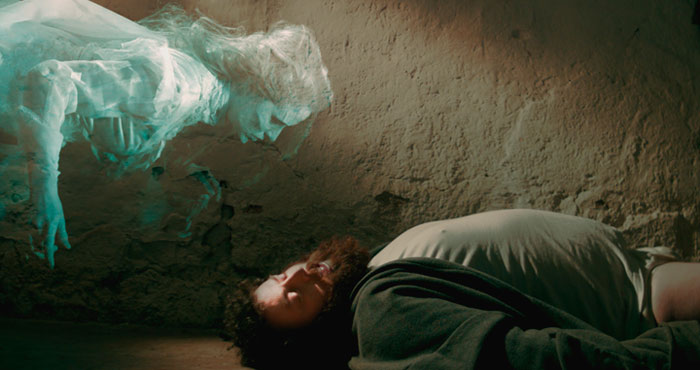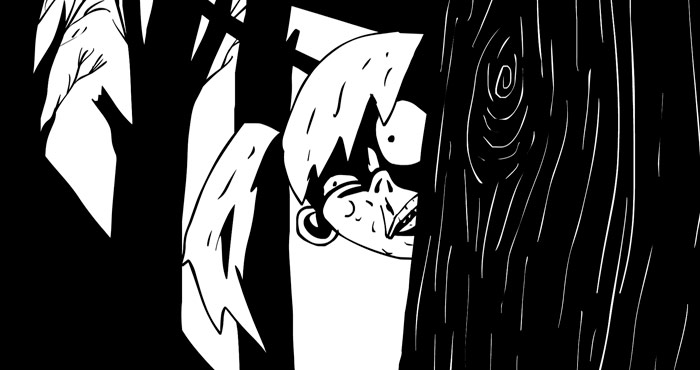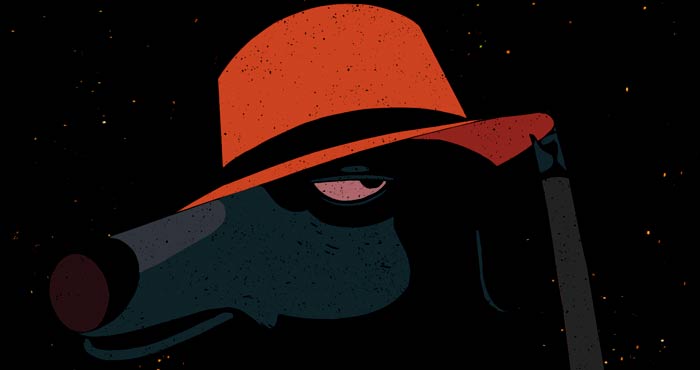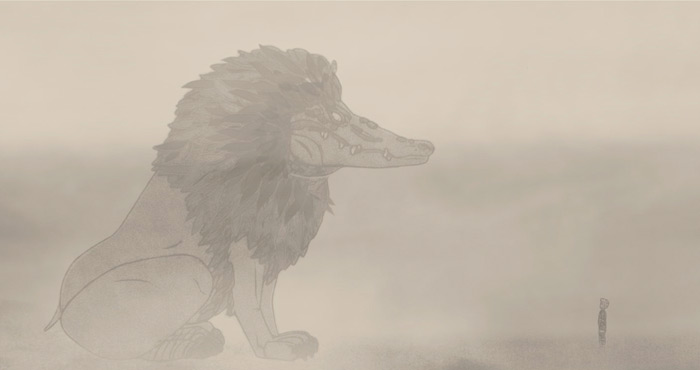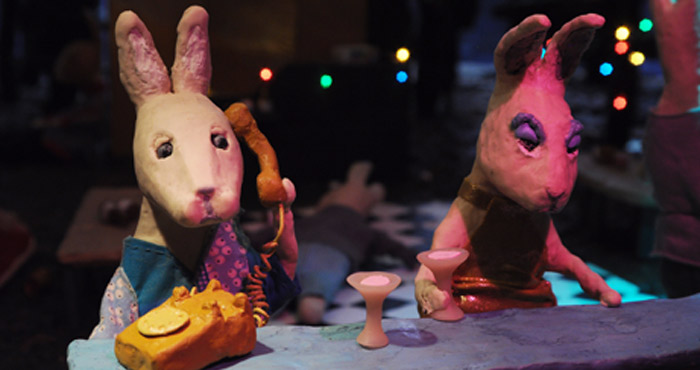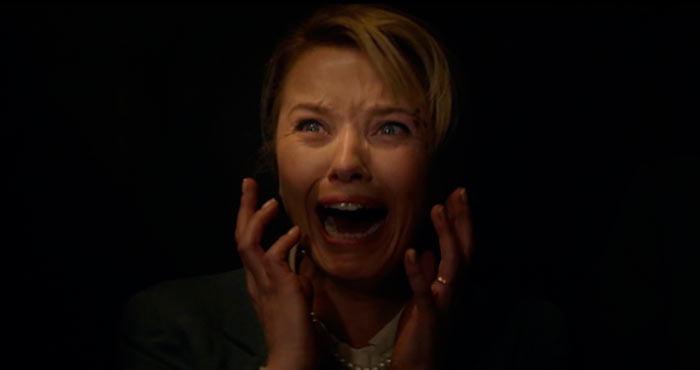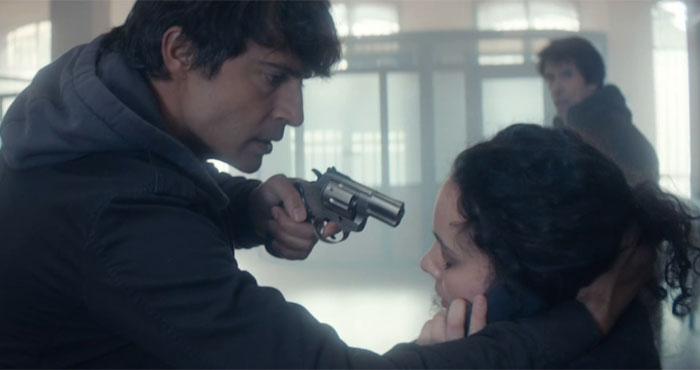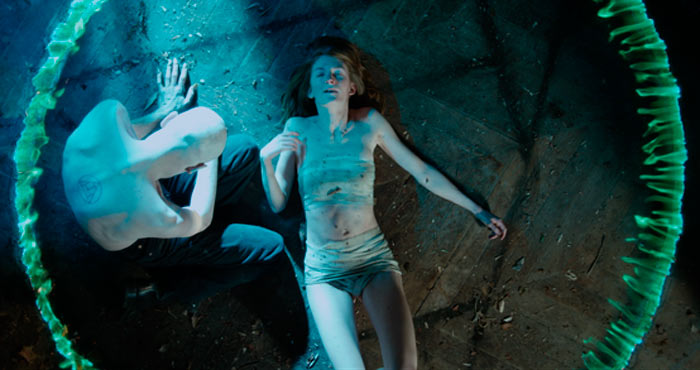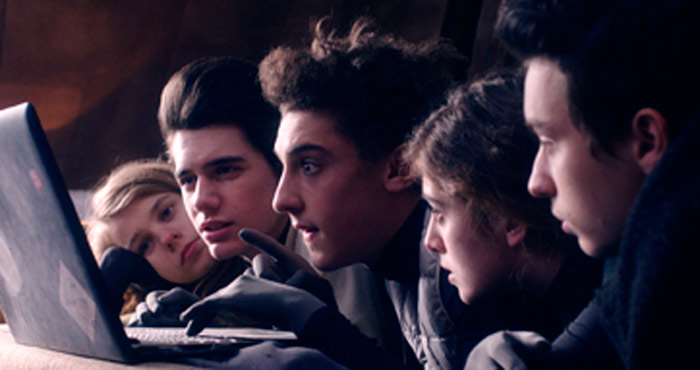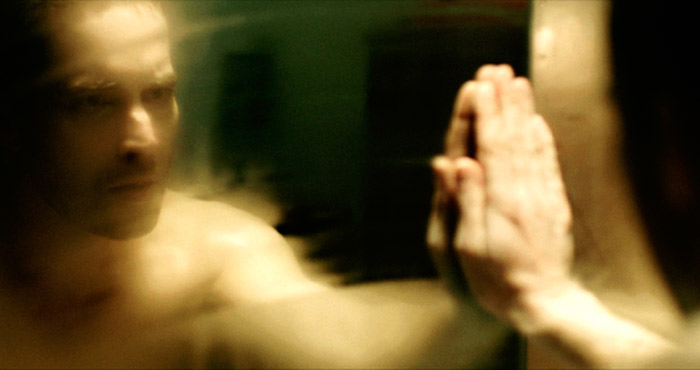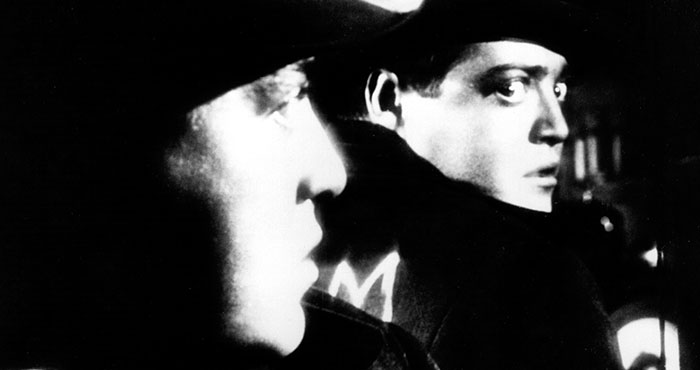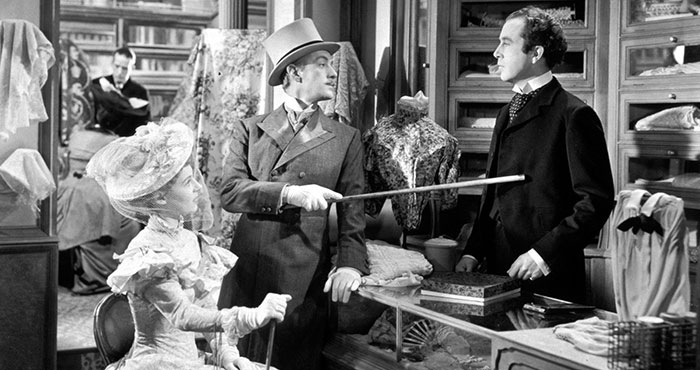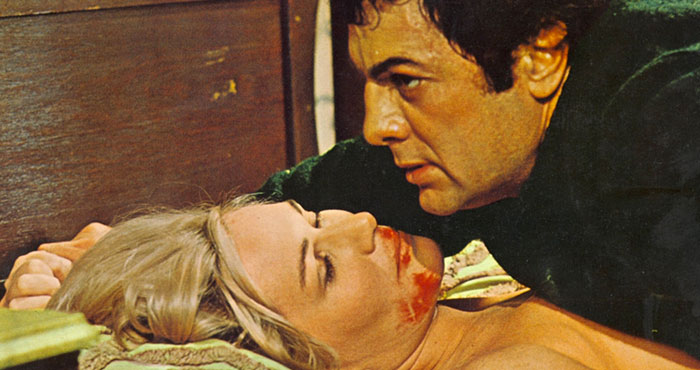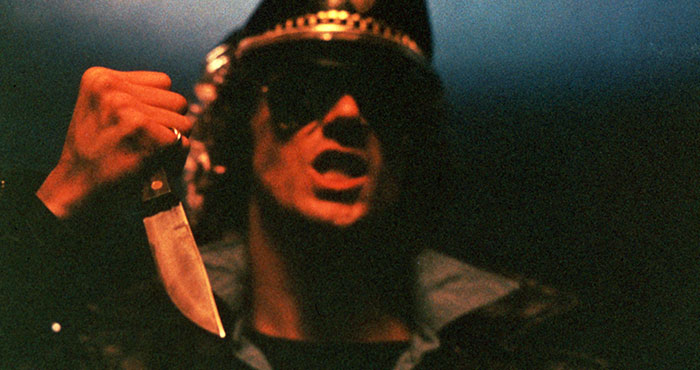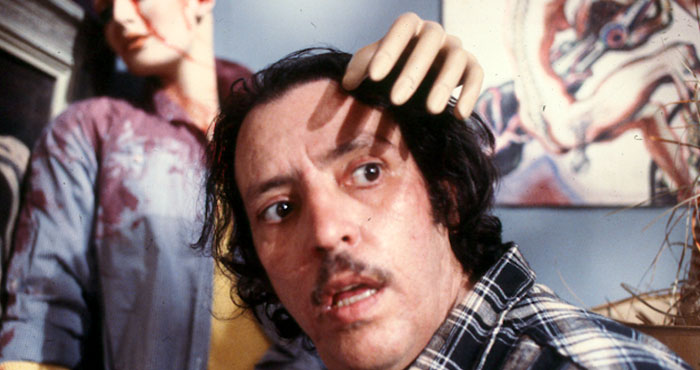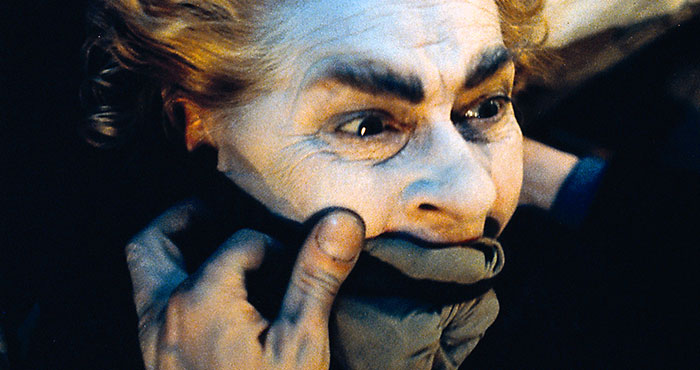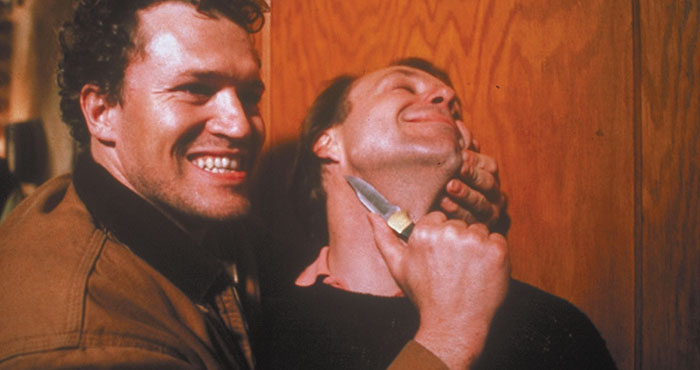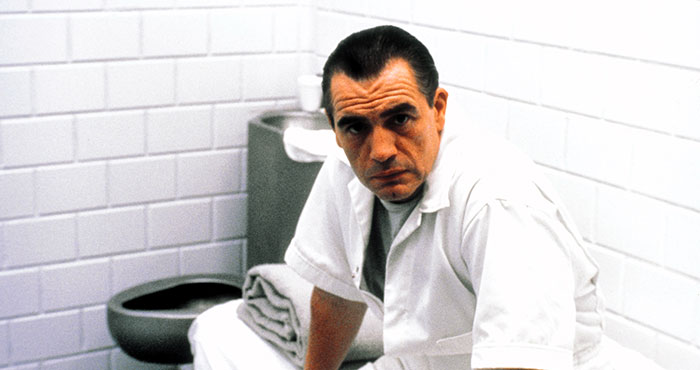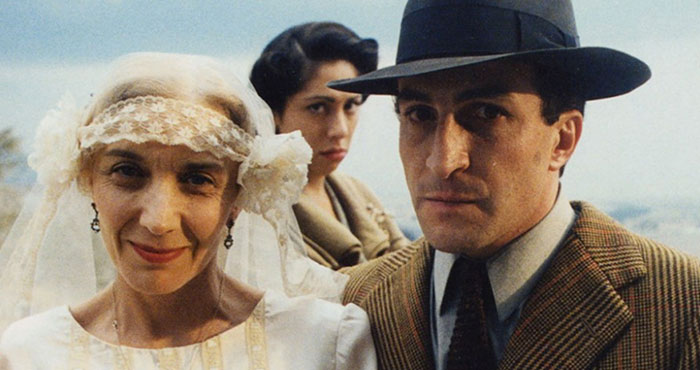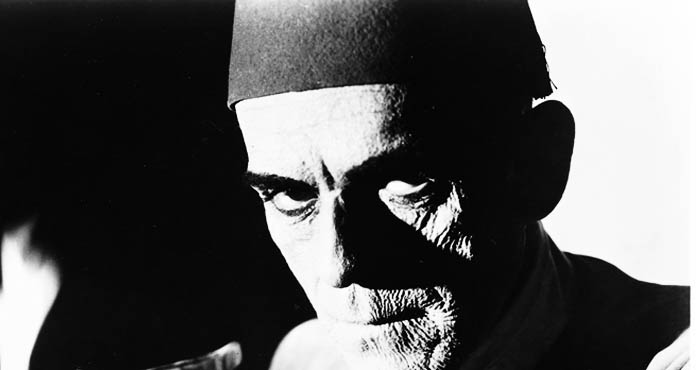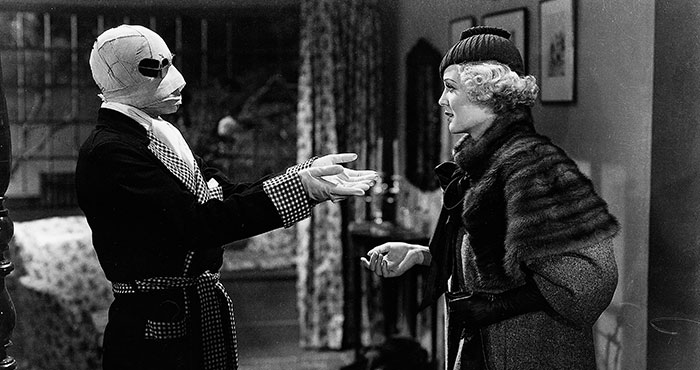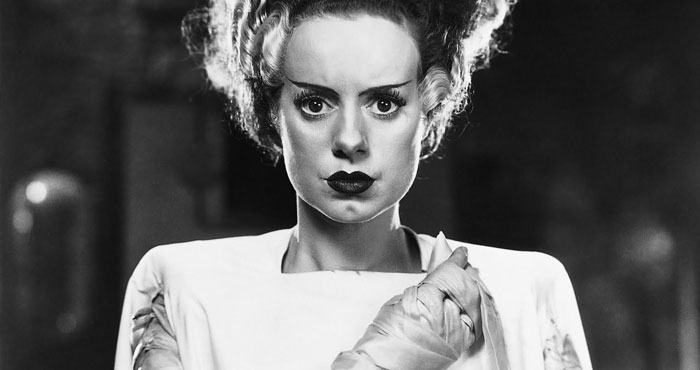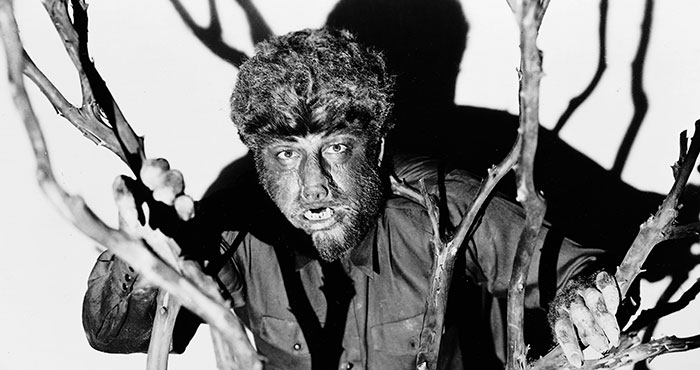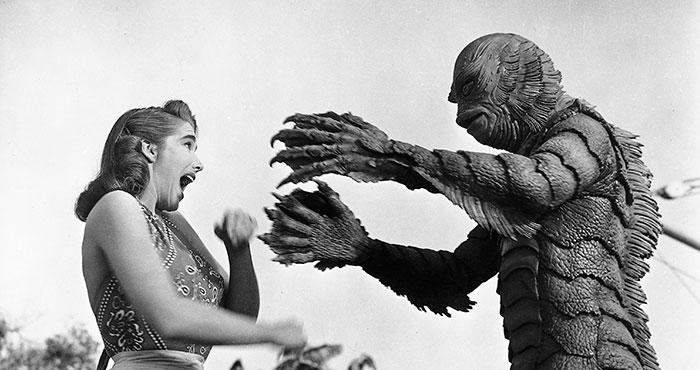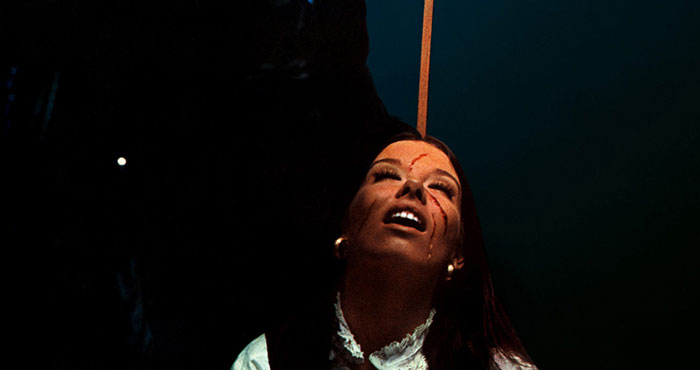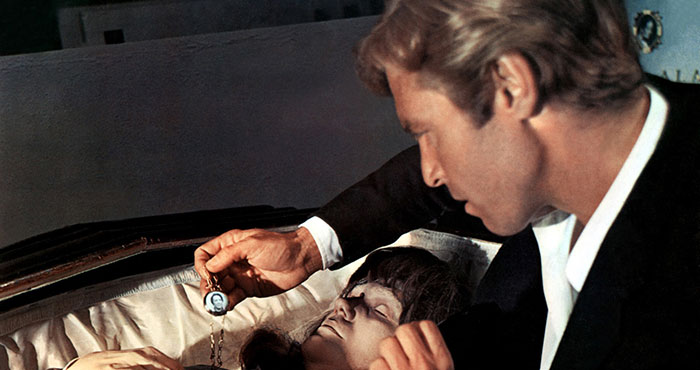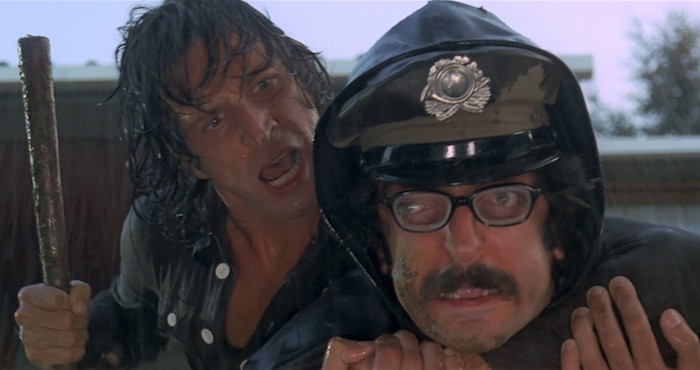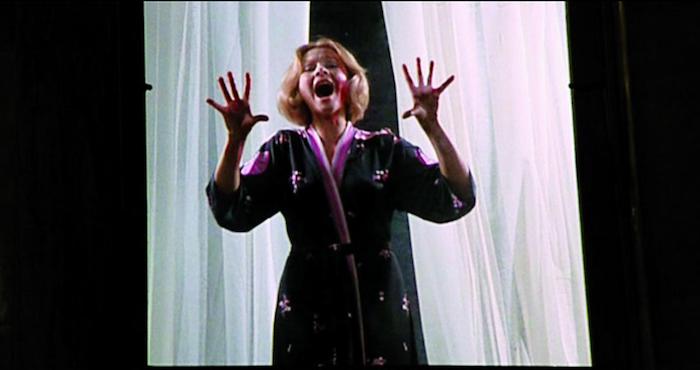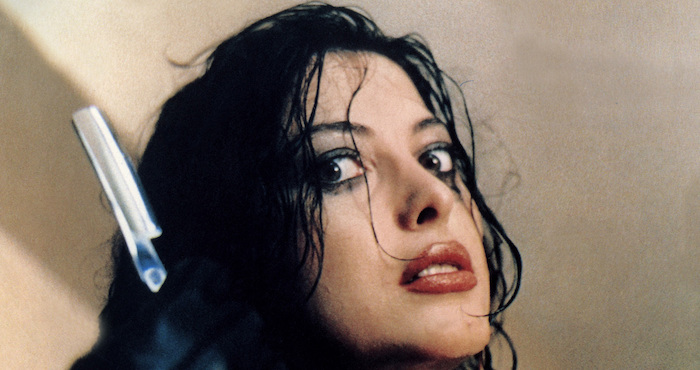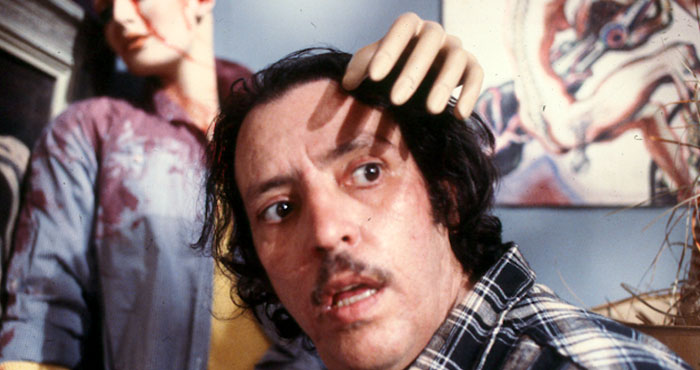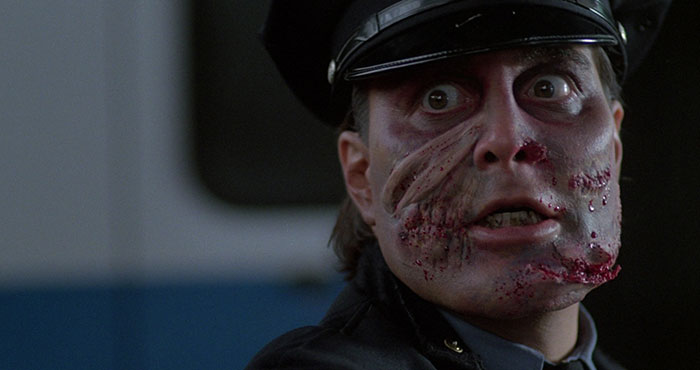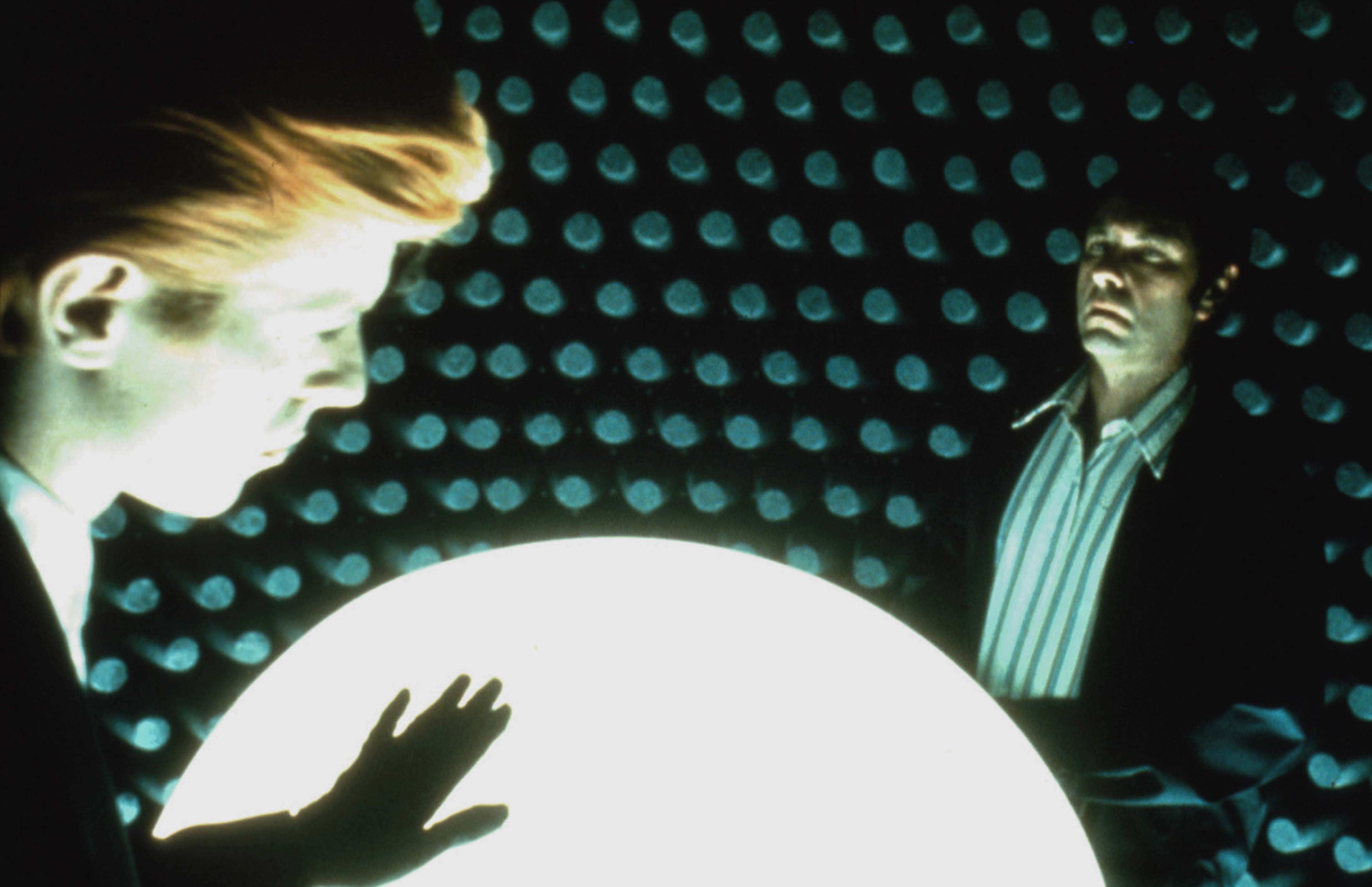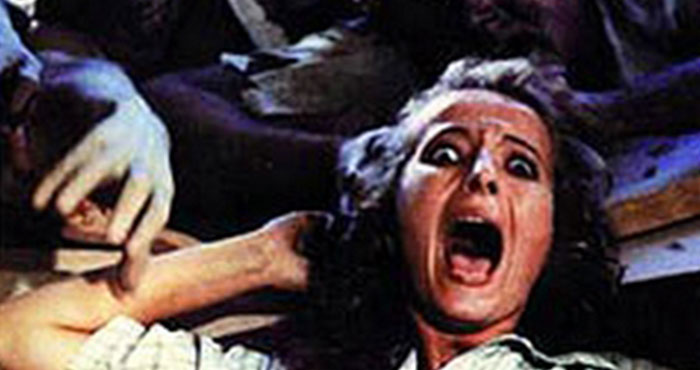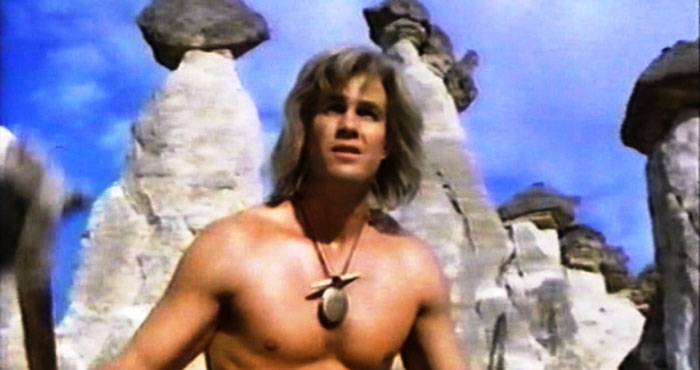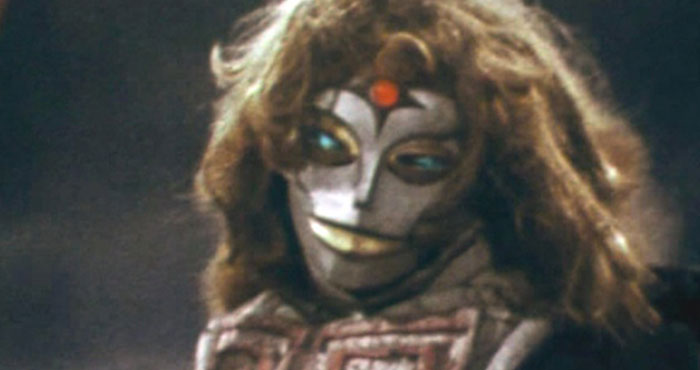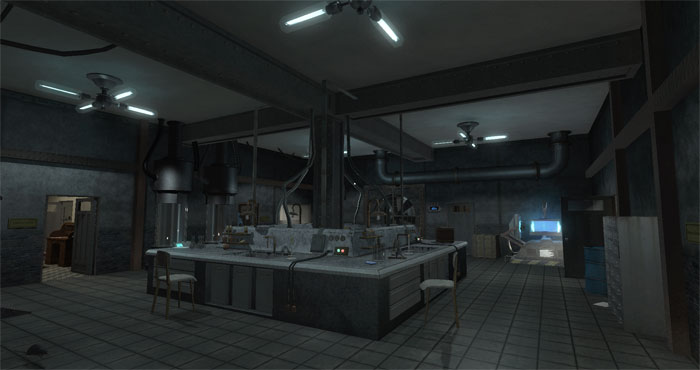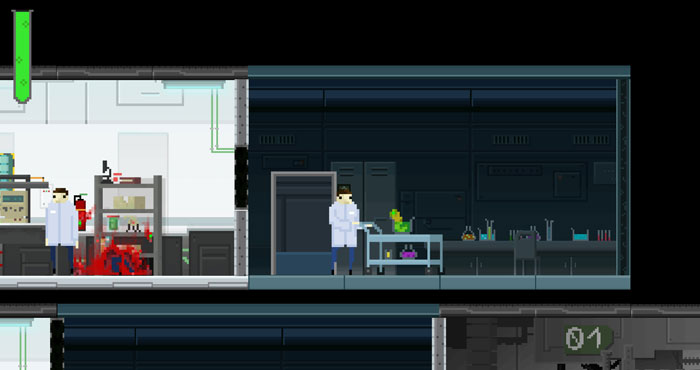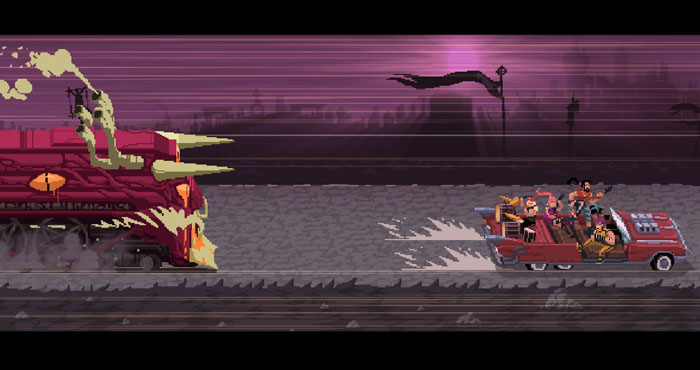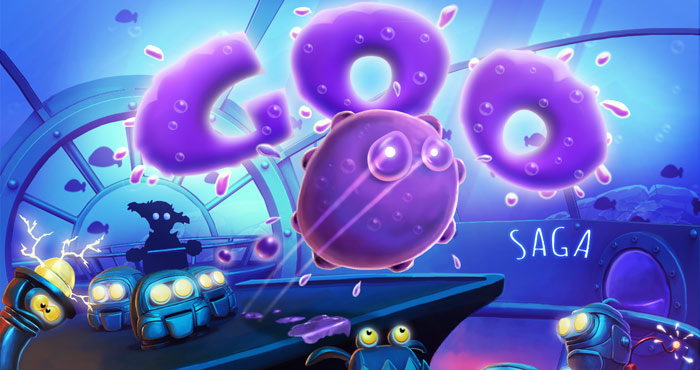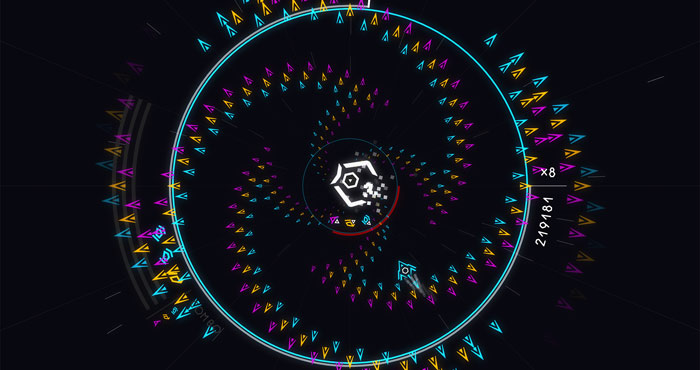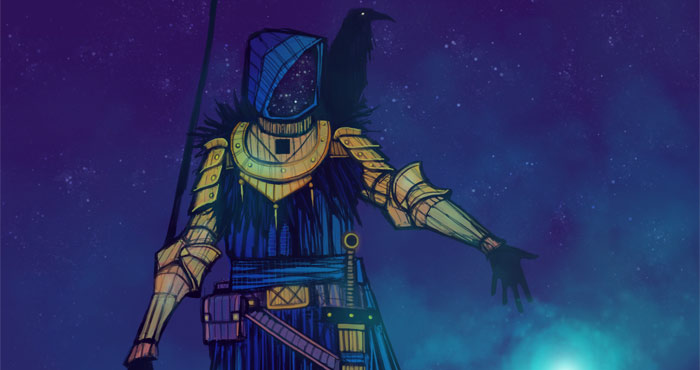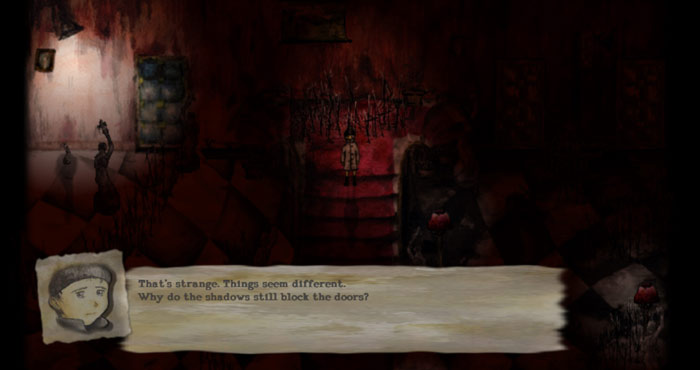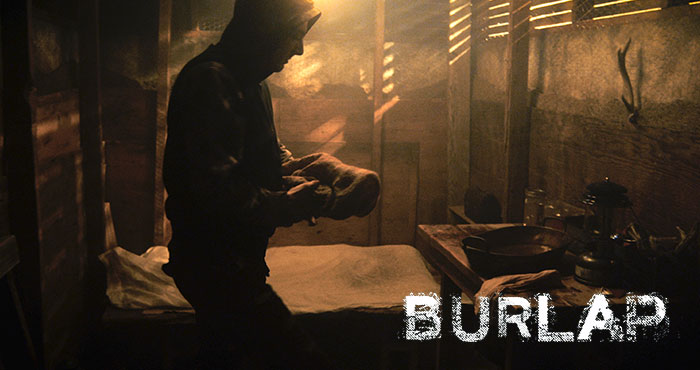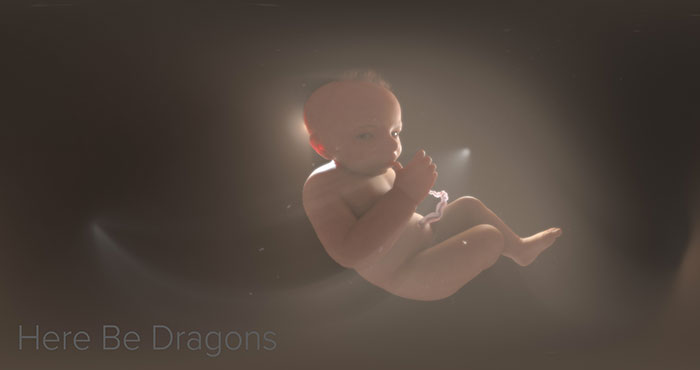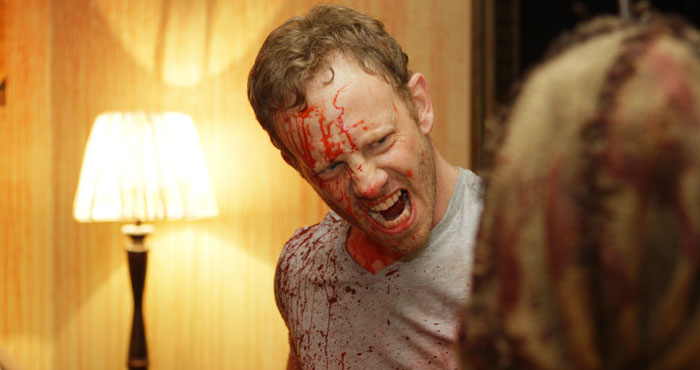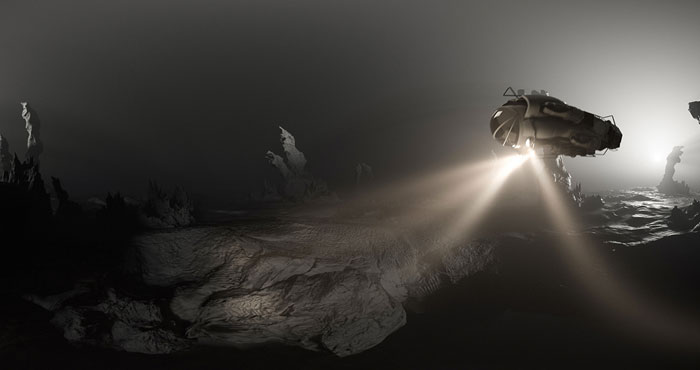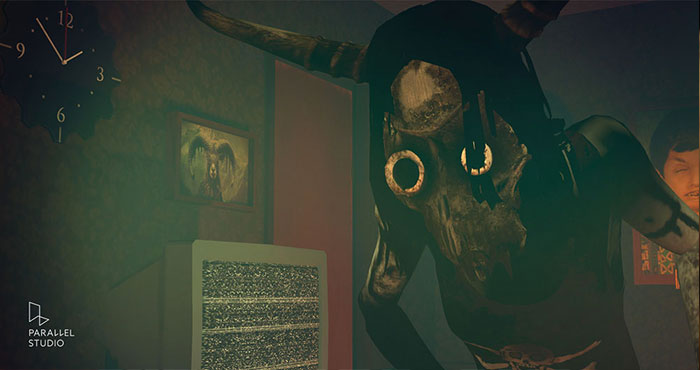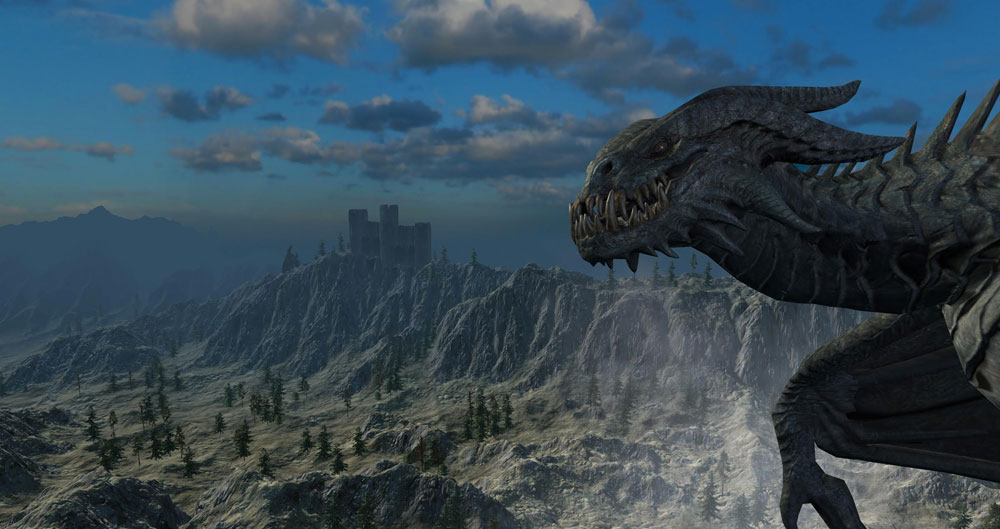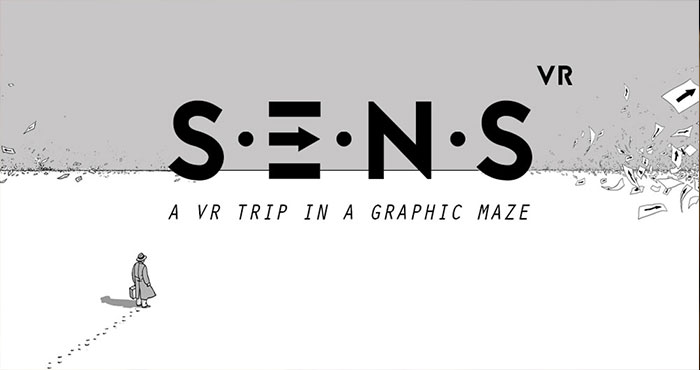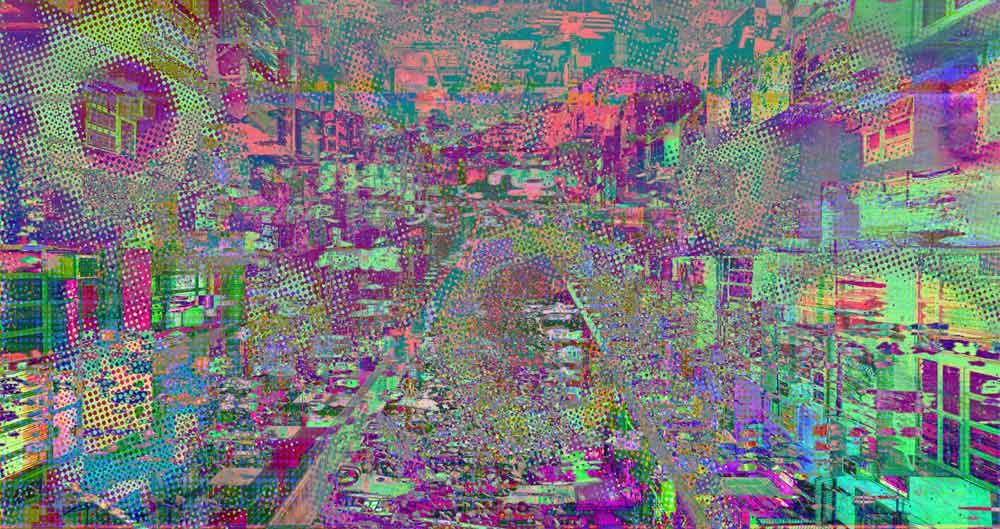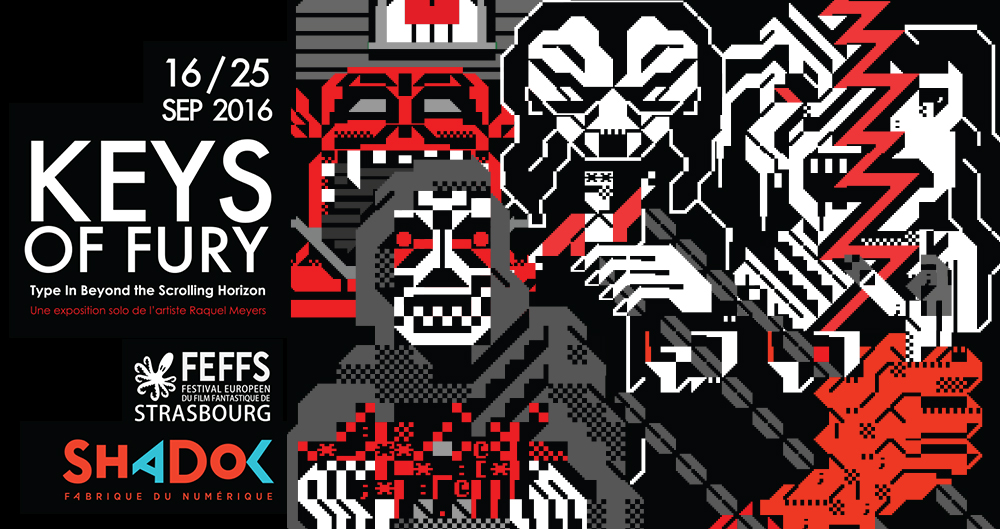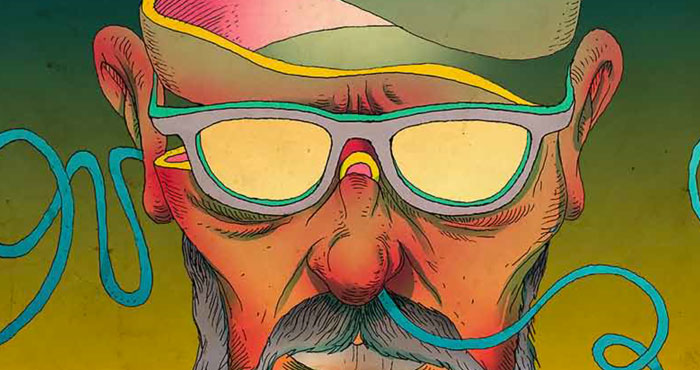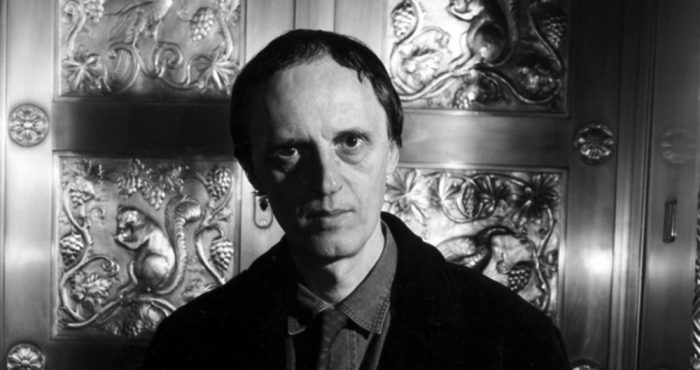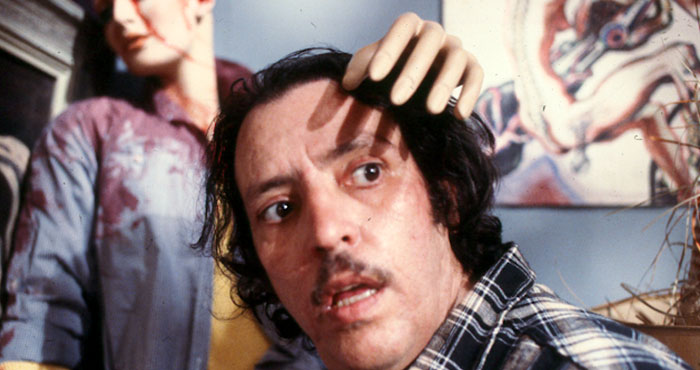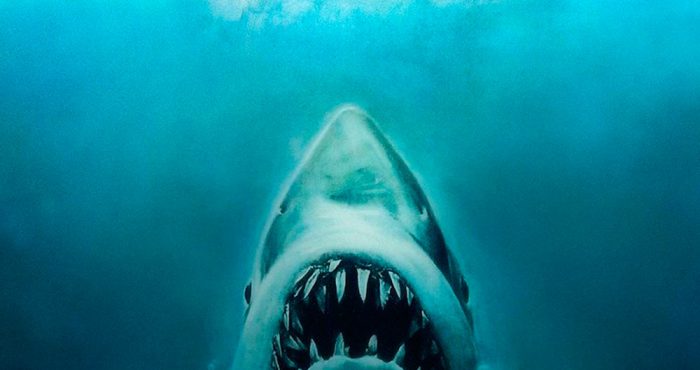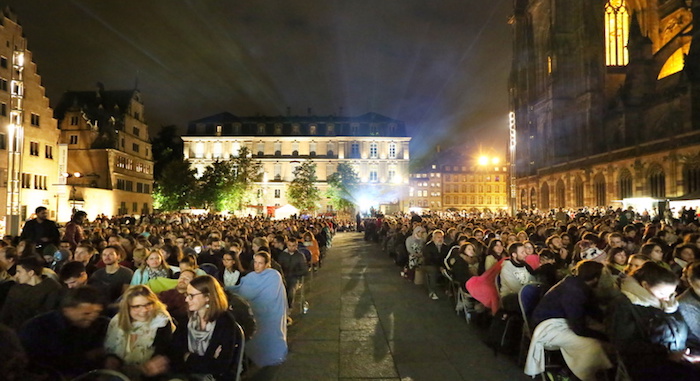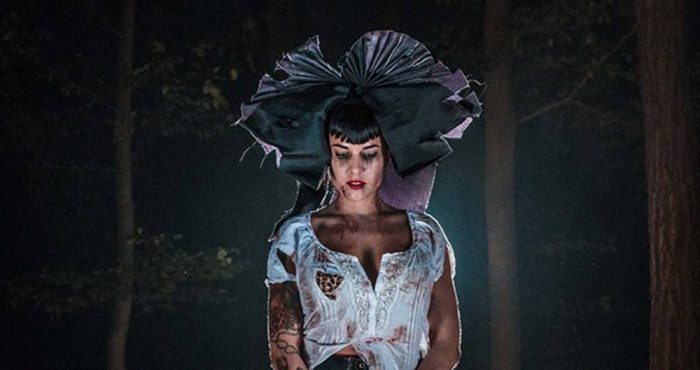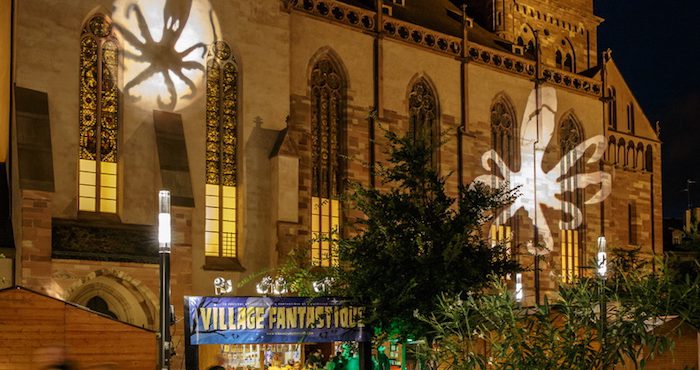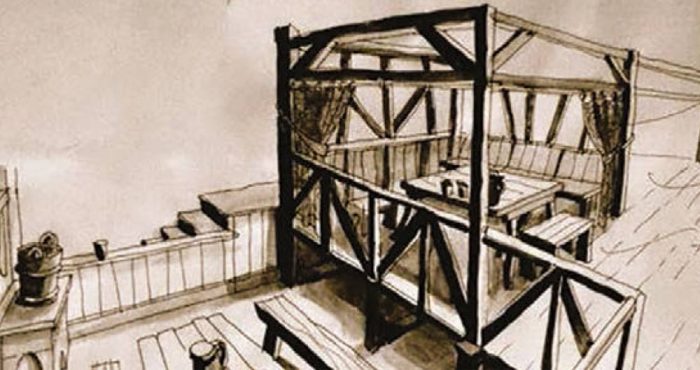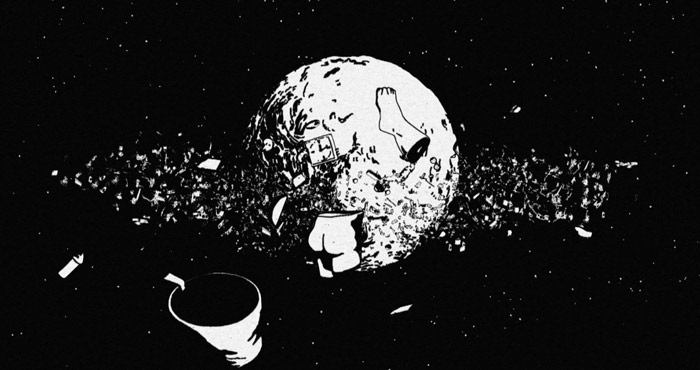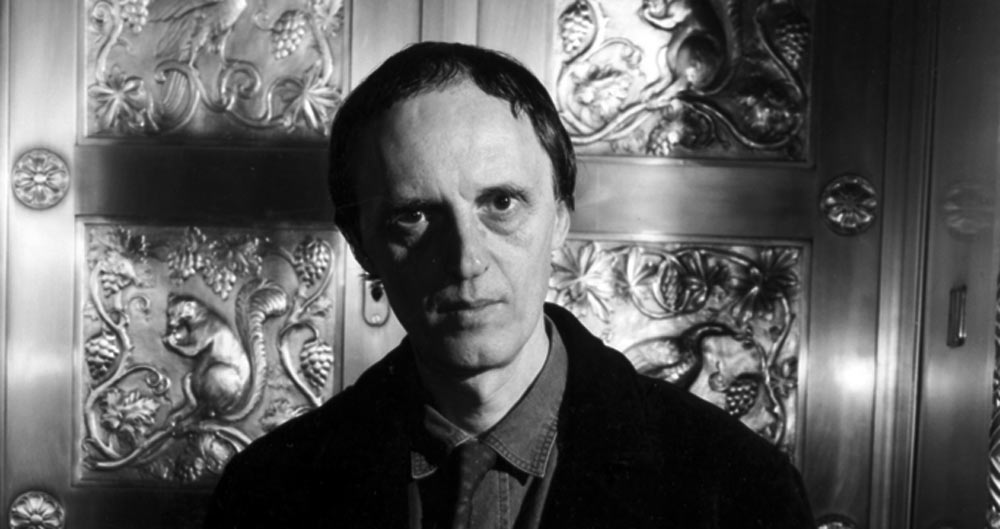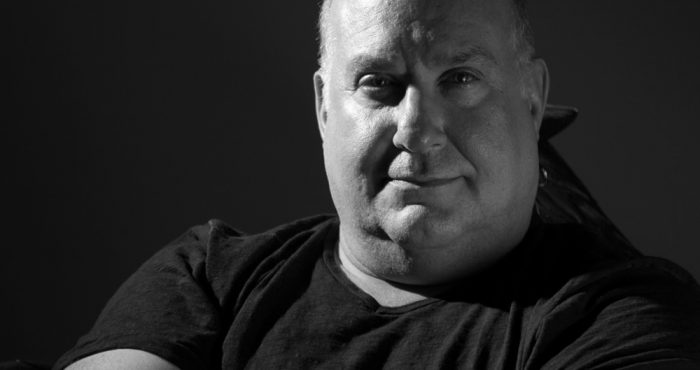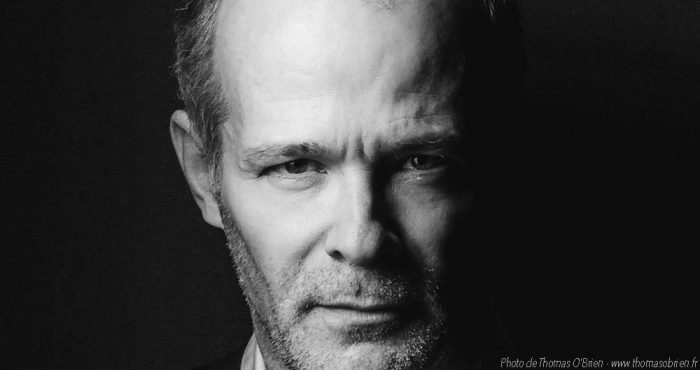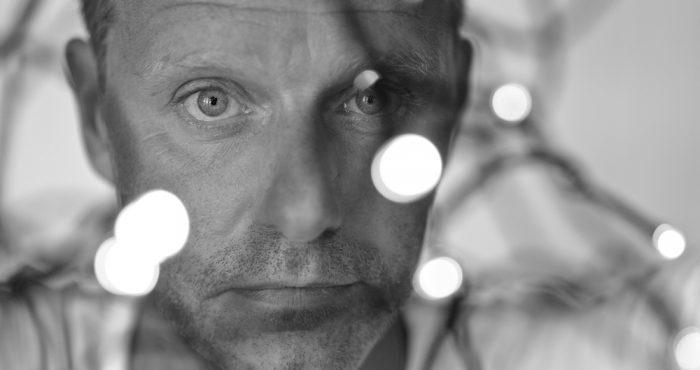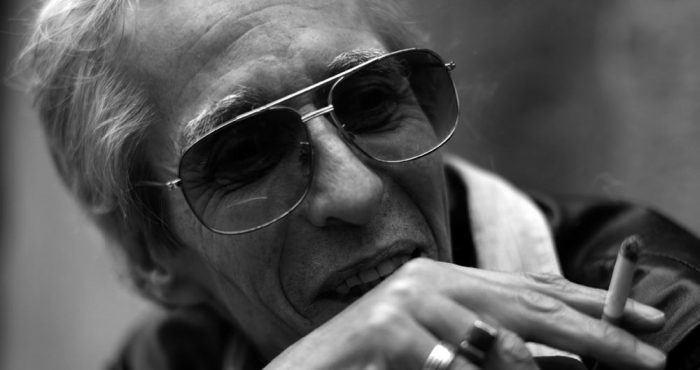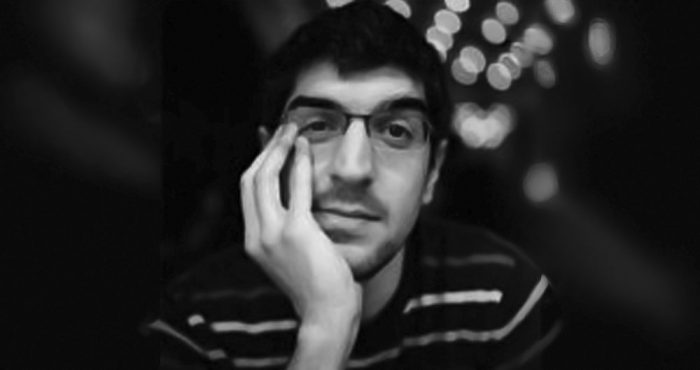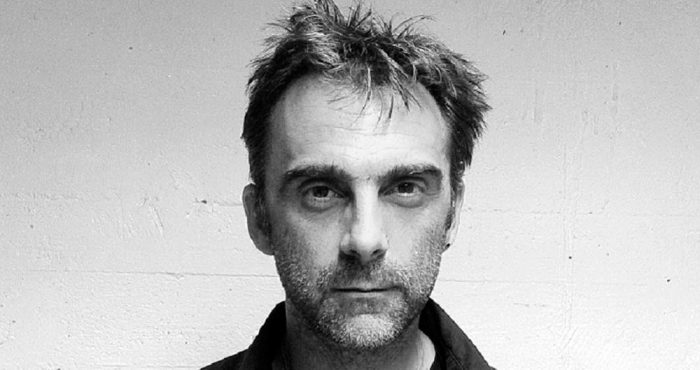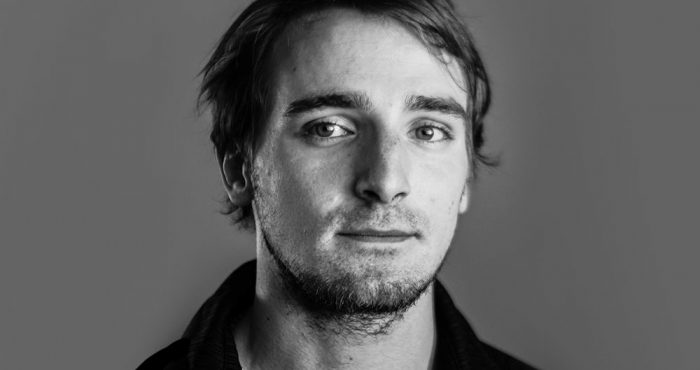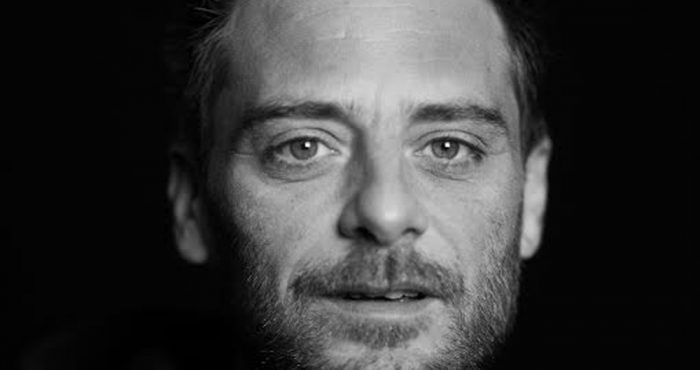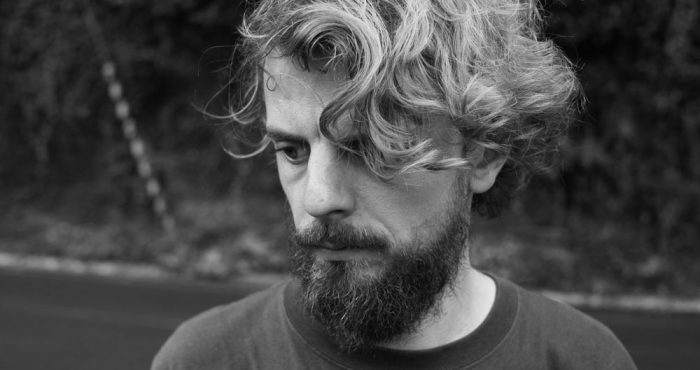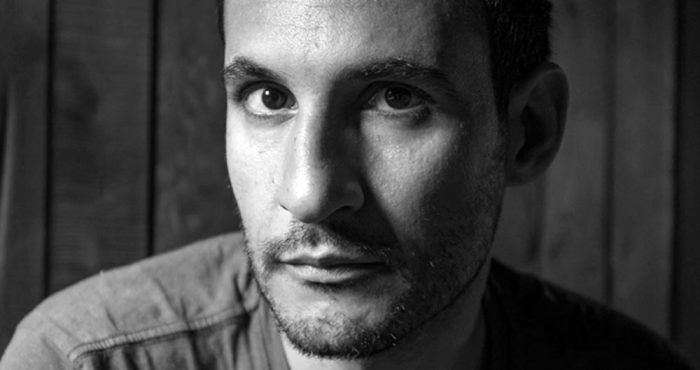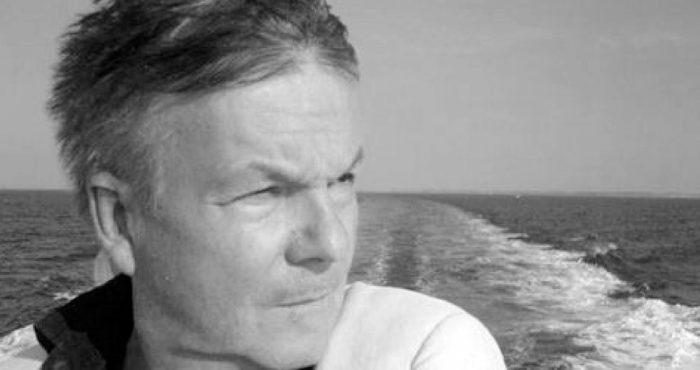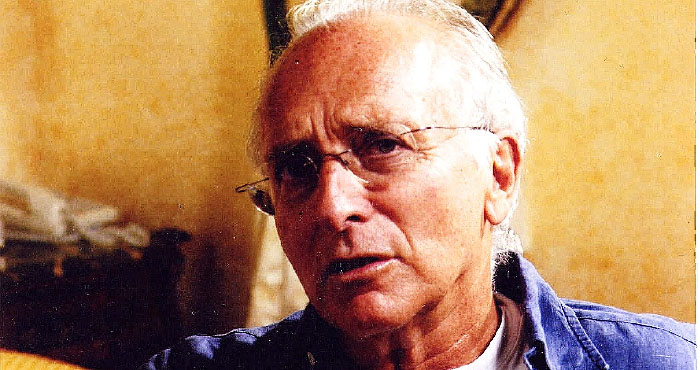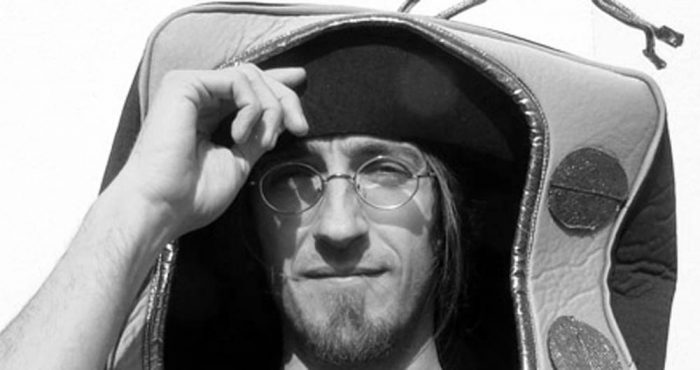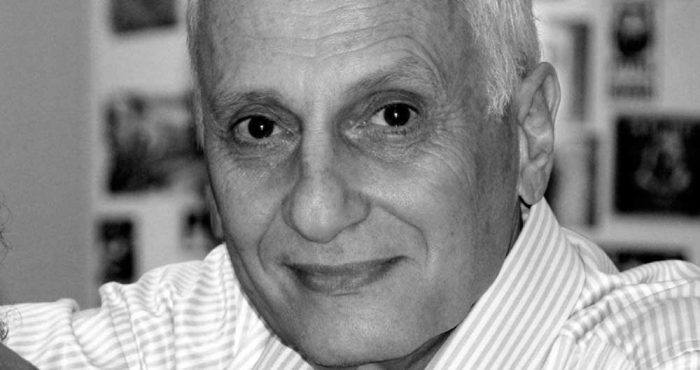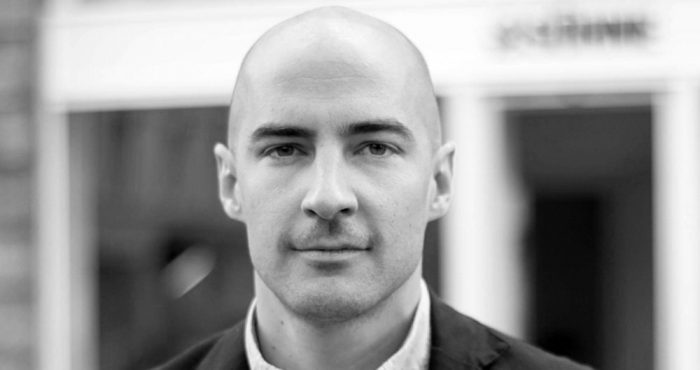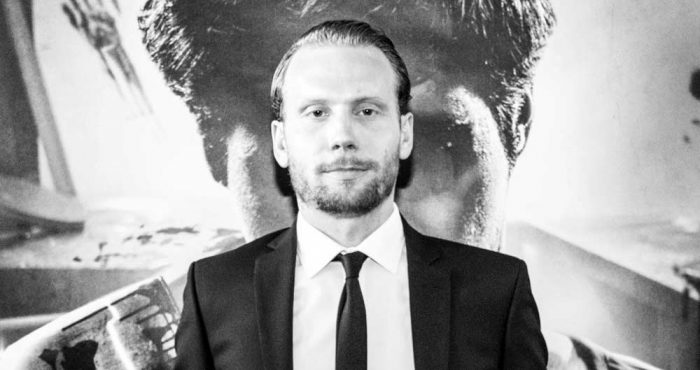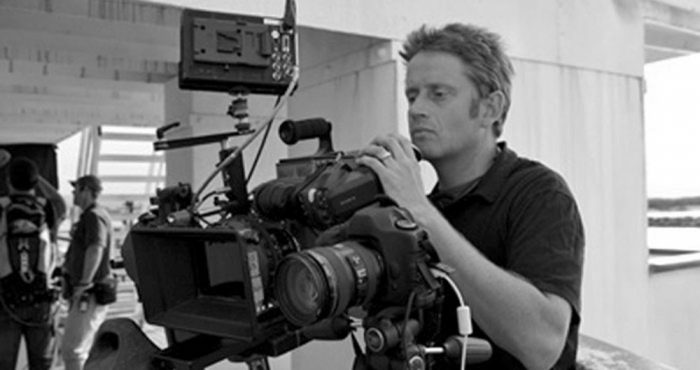ARCHIVES 2016

International Fantastic Competition
Crossovers Competition
Short Films Competition
Indie Game Contest
Opening / Closing
International Fantastic Film
Crossovers Competition
Midnight Movies
Special Screenings
International Competition
Animated Competition
Made in France Competition
M for Murder
M for Murder proposes nine films about serial killers, those obscure and abject objects of our desire, which we consume voraciously in news stories, ction and cinema. Our serial killers are very different from one another, faithful to FBI pro les which emphasise a surprising diversity of social origins, motives and lifestyles, and the impossibility of establishing a generic portrait. Lang’s mentally unstable M is a compulsive female child killer. Friedkin’s Cruisings bring us a ritualistic sadist, targeting gays in New York’s S&M culture. The Tooth Fairy and Hannibal Lecktor, however, those dazzling evil geniuses of Mann’s Manhunter owe more to literature or cinema than reality. As does Lustig’s psycho-scalper in the extravagant Maniac, but these films so thoroughly engross that they require little or no suspension of disbelief.
Serials, the FBI informs us, need not be loners; many are family men, well-integrated into a community, so check out Fleisher’s De Salvo in The Boston Strangler. Others benefit financially from their kills, as the monstrous Mexican couple of Ripstein’s cruel Deep Crimson. Kargl’s Angst picks the brain of a madman, through intense interior monologues, but it is Henry, Portrait of a Serial Killer that is something far more terrifying. McNaughton’s hyper-real portrayal of this faceless murderer blurs the distance between film and reality, submerging viewers into the sickening world of the real thing. Need fresh air? Try Hamer’s elegant black comedy Kind Hearts and Coronets, whose dispossessed aristocrat ingeniously disposes of seven family members. Enjoy M for Murder, it’s got a 70% FBI stamp of approval. At least.
Universal Monsters
“It’s morbid. No one wants to see that sort of thing,” is what Carl Laemmle, the head of Universal Studios told his son Junior in 1931. He was referring to Frankenstein, which he thought unworthy of cinema. He had already begrudgingly allowed Junior to produce Dracula, but he attributed its monumental success to a one-time uke. Fortunately, Frankenstein was a hit, and Laemmle was proved wrong again. Universal had been into horror films since 1923, but these atmospheric newcomers, in uenced by European cinema, were markedly di erent. Tod Browning’s suave, erotic vampire and James Whale’s melancholy Monster were indeed disturbing and morbid for 1932 audiences, but that did nothing to deter their appetite. Cinema bookings were prolonged across America, and some theatres ran films around the clock to meet demand.
Universal was to follow up with other films, soon becoming a trendsetter in American horror. This revival presents seven of the films, remastered in state of the art 2k. To watch these films today, rendered timeless by their ingenious craftsmanship and artistic sensibility, is an in nitely pleasurable experience.
Dario Argento Retrospective
“It’s morbid. No one wants to see that sort of thing,” is what Carl Laemmle, the head of Universal Studios told his son Junior in 1931. He was referring to Frankenstein, which he thought unworthy of cinema. He had already begrudgingly allowed Junior to produce Dracula, but he attributed its monumental success to a one-time uke. Fortunately, Frankenstein was a hit, and Laemmle was proved wrong again. Universal had been into horror films since 1923, but these atmospheric newcomers, in uenced by European cinema, were markedly di erent. Tod Browning’s suave, erotic vampire and James Whale’s melancholy Monster were indeed disturbing and morbid for 1932 audiences, but that did nothing to deter their appetite. Cinema bookings were prolonged across America, and some theatres ran films around the clock to meet demand.
Universal was to follow up with other films, soon becoming a trendsetter in American horror. This revival presents seven of the films, remastered in state of the art 2k. To watch these films today, rendered timeless by their ingenious craftsmanship and artistic sensibility, is an in nitely pleasurable experience.
William Lustig Retrospective
Tribute to David Bowie
The year 2016 has been a particularly tragic year after the deaths of a number of icons, including that of David Bowie, two days after his new album was released. It was seen as tragic for the music industry, but the elusive legend also belonged to the fraternity of the silver screen. Too rarely seen as an actor, he was always consummate in his work and put his own stamp on a handful of acclaimed fantastic movies. The legitimacy of a musician to play a major role on the screen is a question that will inevitably arise, but Bowie’s recognition was assured following his performance in Nagisa Oshima’s Merry Christmas, Mr. Lawrence.
He was a versatile, totally committed artist, but overshadowed by his own name, audiences rarely forgot that it was the Ziggy Stardust singer playing a role. Whether a vampire alongside Catherine Deneuve in Tony Scott’s The Hunger or an extraterrestrial in Nicolas Roeg’s The Man Who Fell to Earth, he was above all the androgynous, surrealistic and one-of-a-kind David Bowie.
For one of his last films, Christopher Nolan o ered him the part of Nikola Tesla in The Prestige. Despite his brief appearance, he is a sorcerer who works his magic. Bowie, the actor and man of cinema, merges into the symbolic.
Excentric Night
In partnership with the Cinémathèque française, the Festival will once again nish on a high note with a new edition of its Eccentric Night. From midnight to the wee hours of the morning, you will have the chance to watch three B movies interspersed with a programme of trailers carefully selected from the Cinémathèque collections. The programme consists of a zombie film considered to be one of the naffest films of all time, a Rahan ersatz in a Star Wars sauce and, finally, a Taiwanese monster film that makes Space Sheri Gavan and Message from Space: Galactic Wars seem like masterpieces. If you manage to survive, you will be served breakfast at dawn.
Indie Game Contest
VR Film Corner
Game in Virtual Reality
Round Tables
Events
Guest of Honor
International competition jury
Crossovers competition jury
Short-films jury
Indie Game Contest jury
Video Games speakers

Mathieu Maire du Poset

Aurélie Reveillaud

Nicolas Bredin
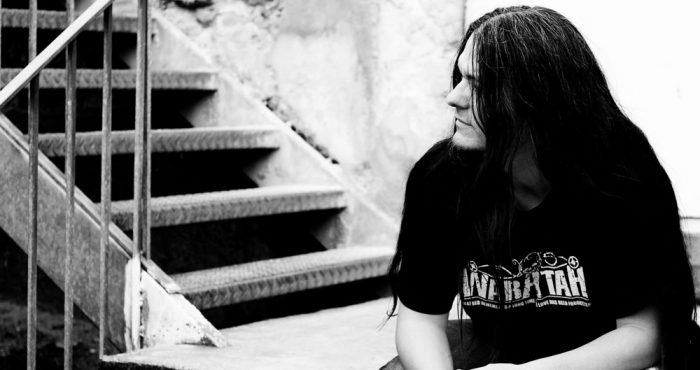
Frédéric "Elmobo" Motte

Fanny Barnabé
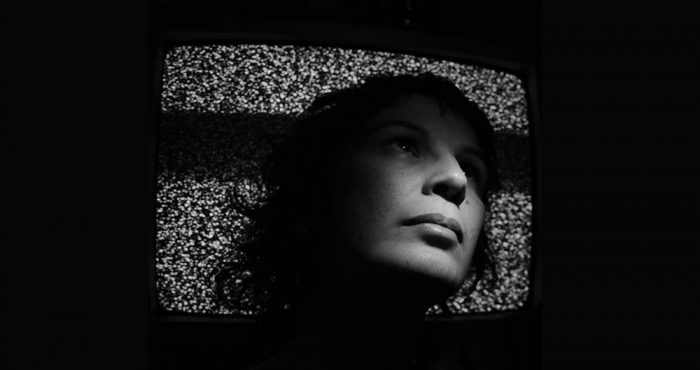
Raquel Meyers

Tatiana Vilela Dos Santos
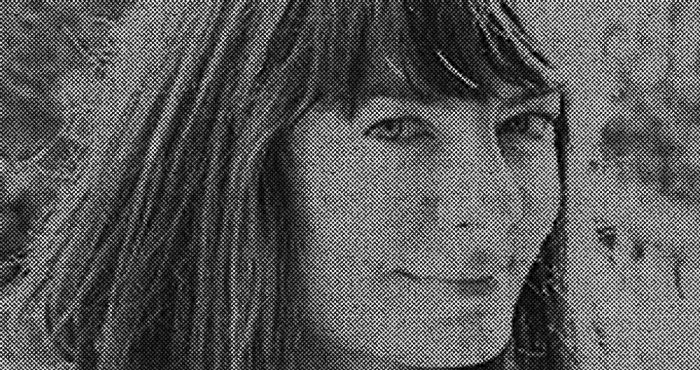
Pauline Augrain
Student jury

Anna Dossman
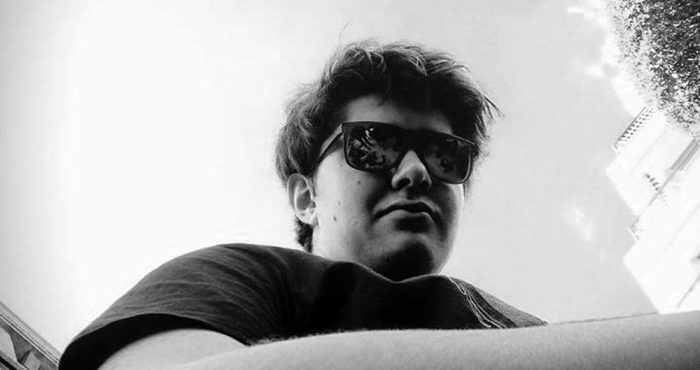
Nael Moryoussef

Léa

Juline

Sophie Gredel
